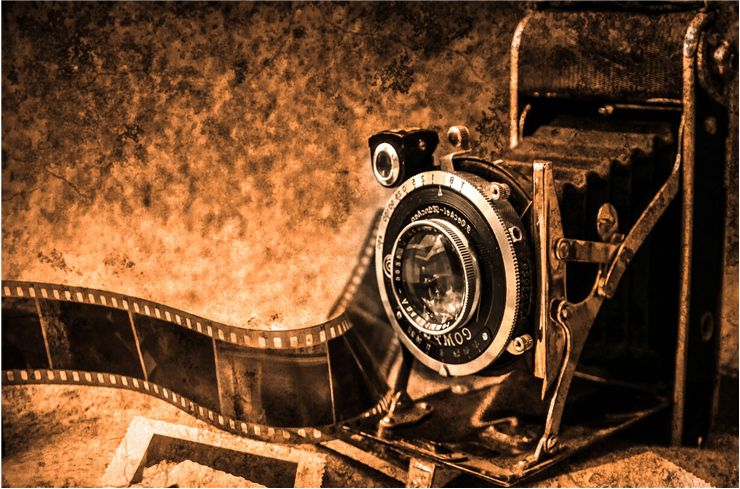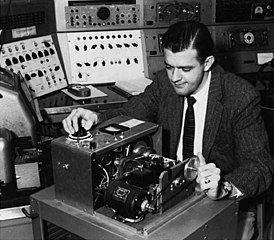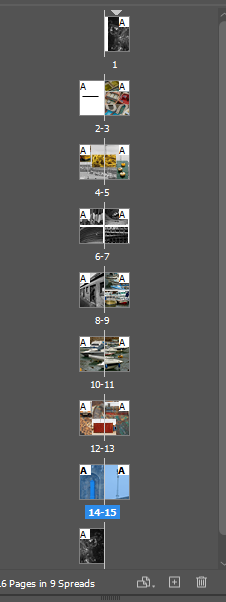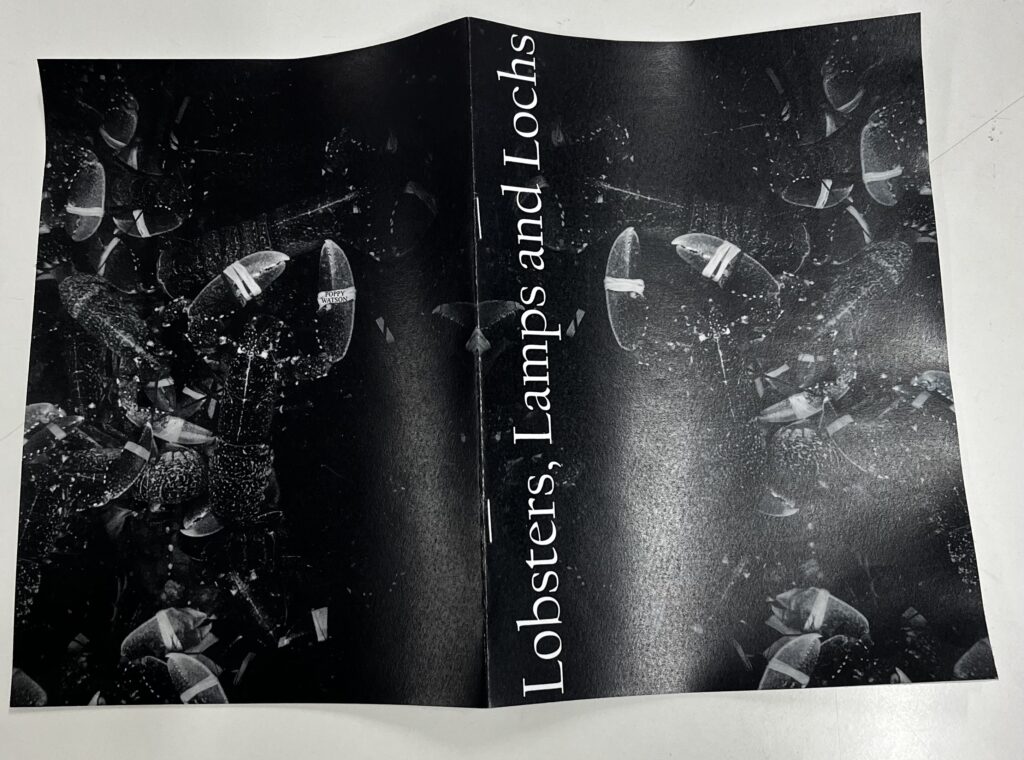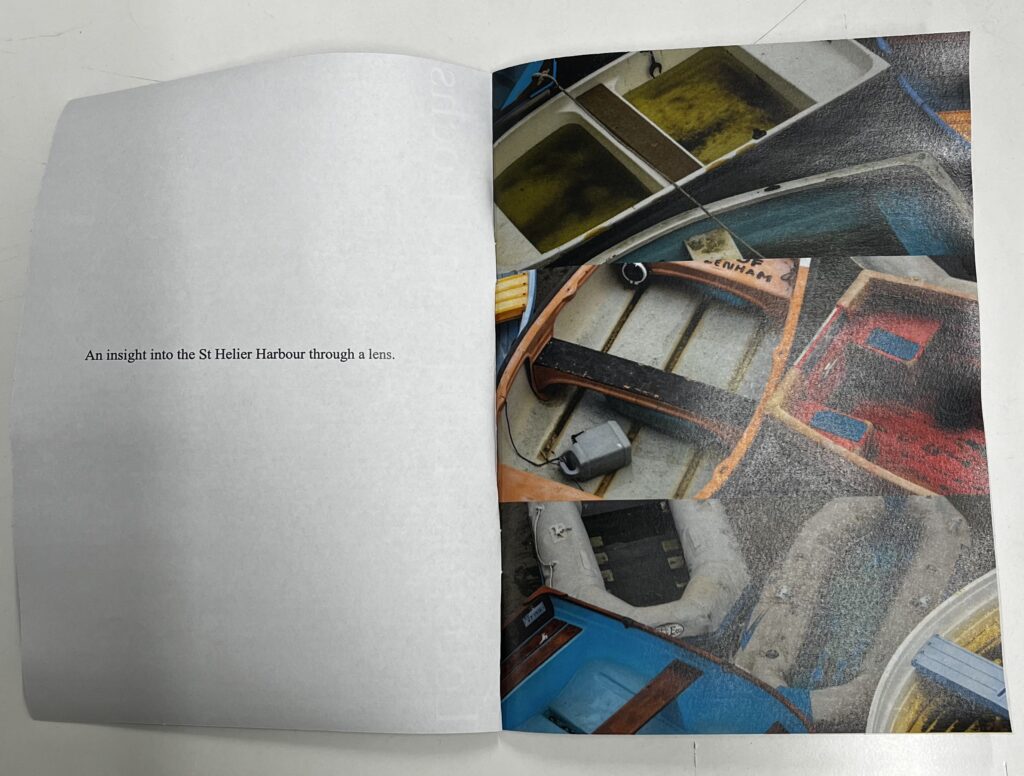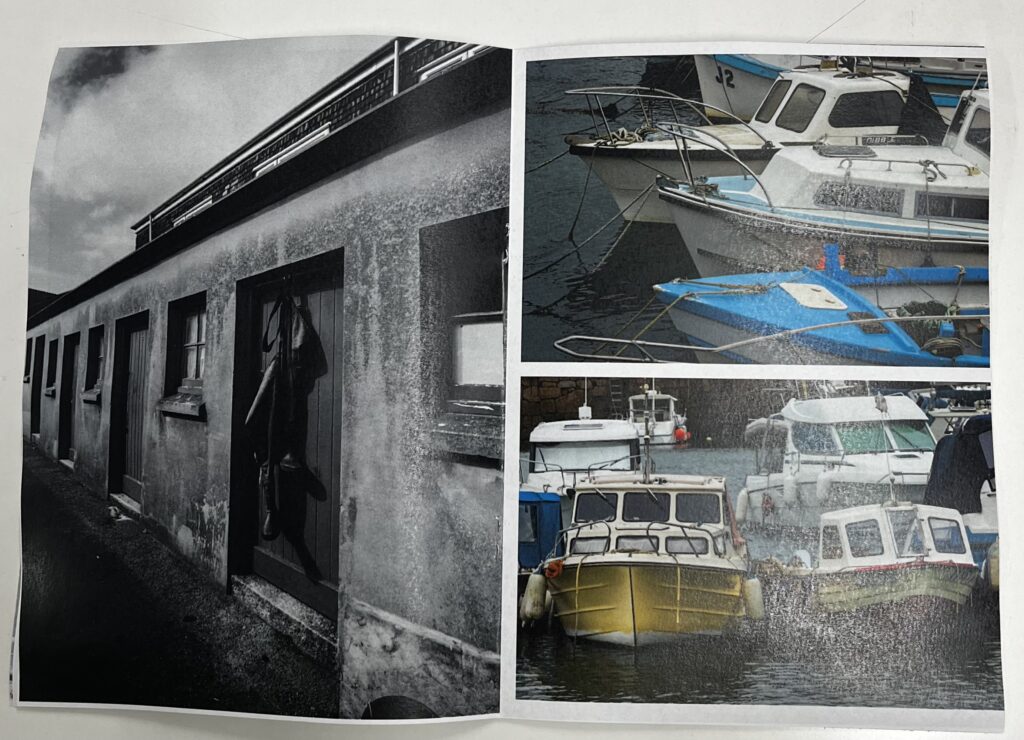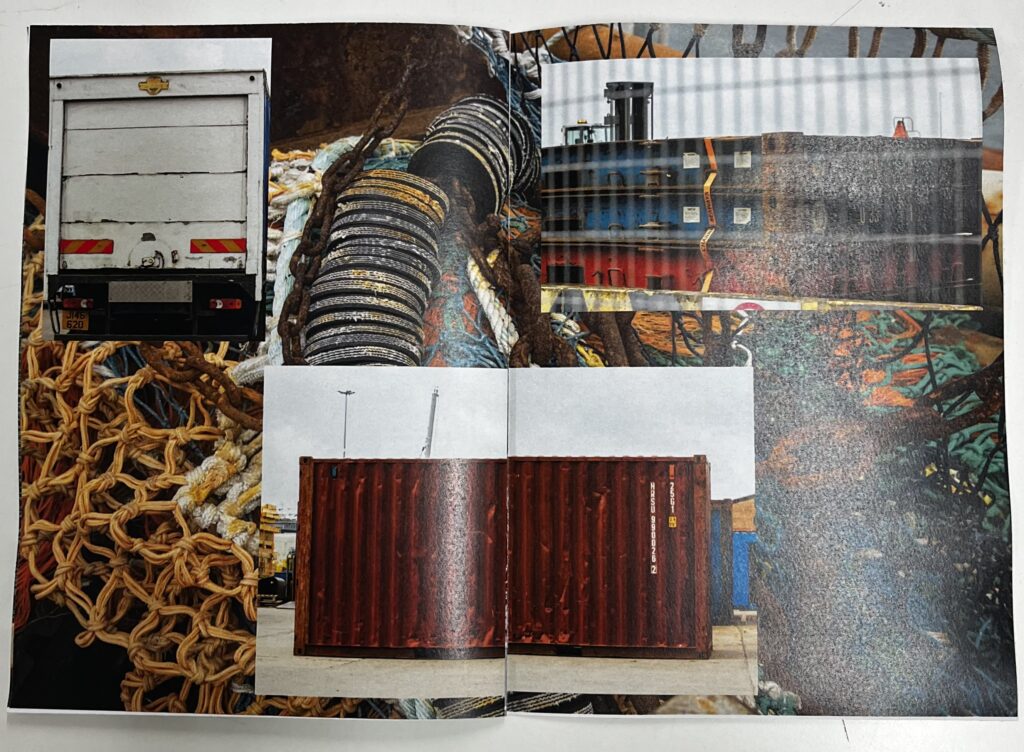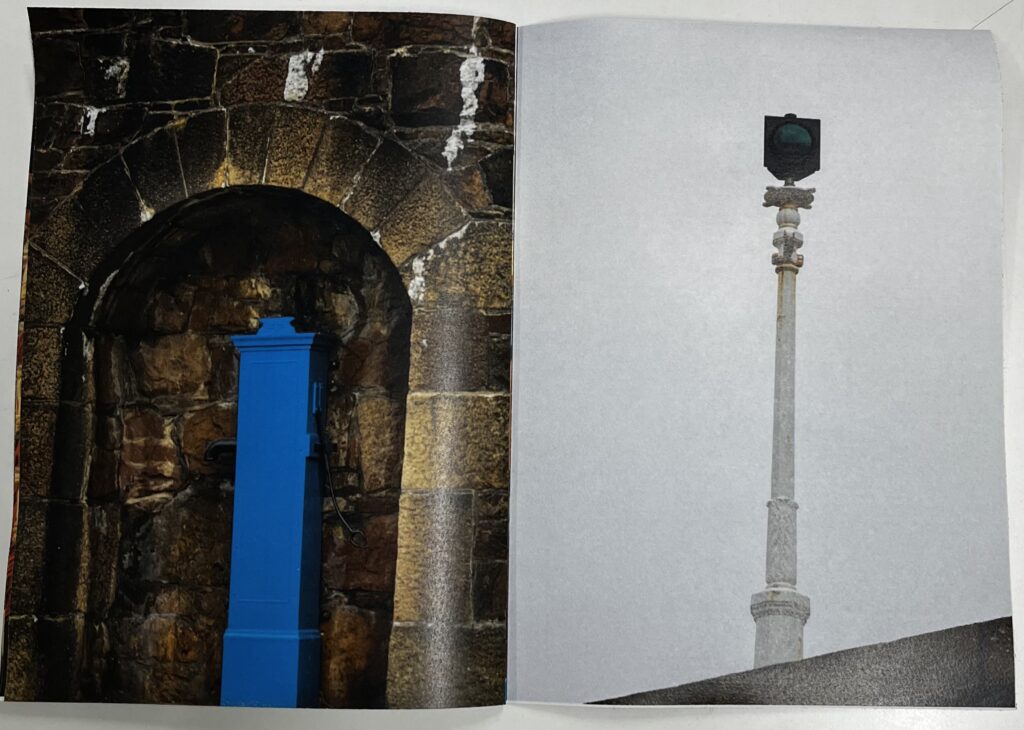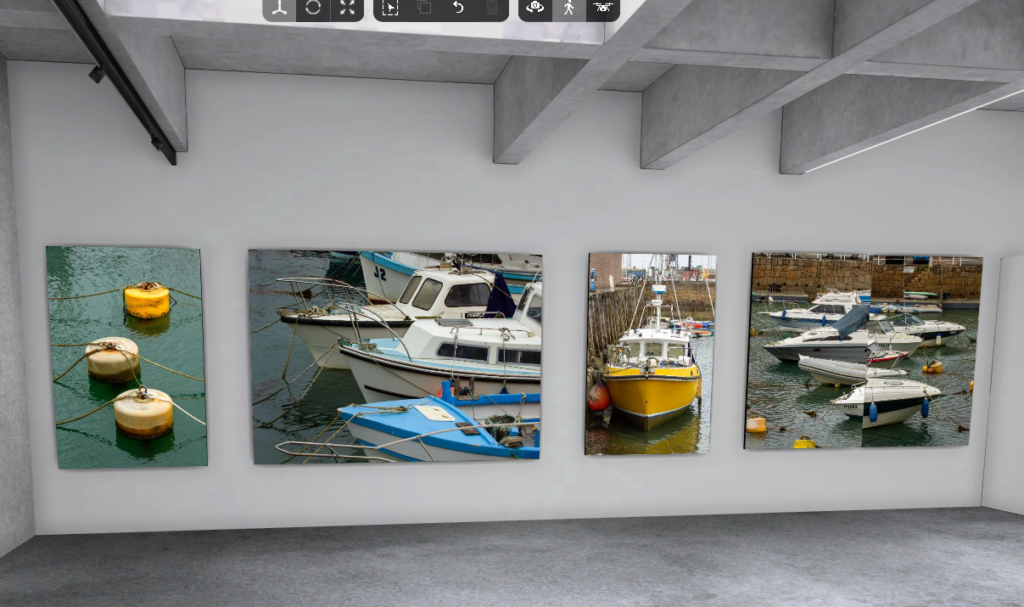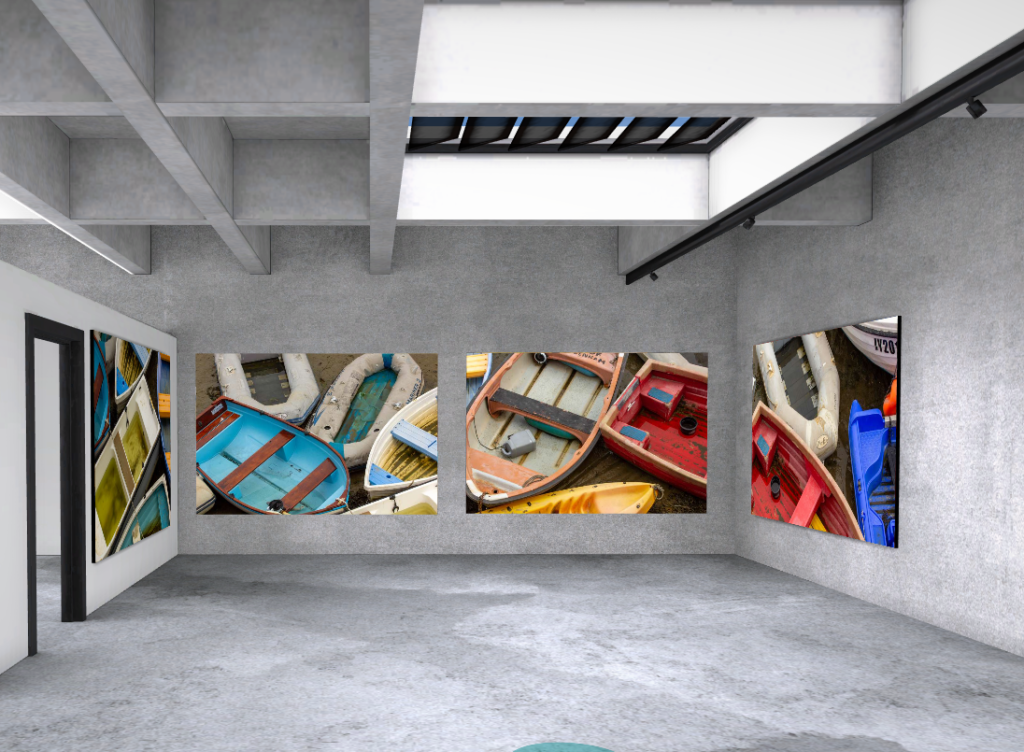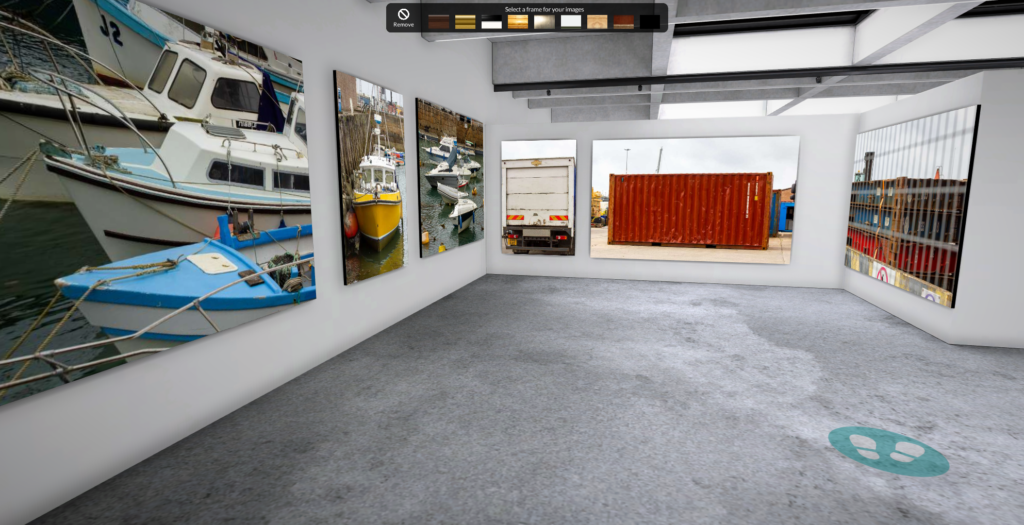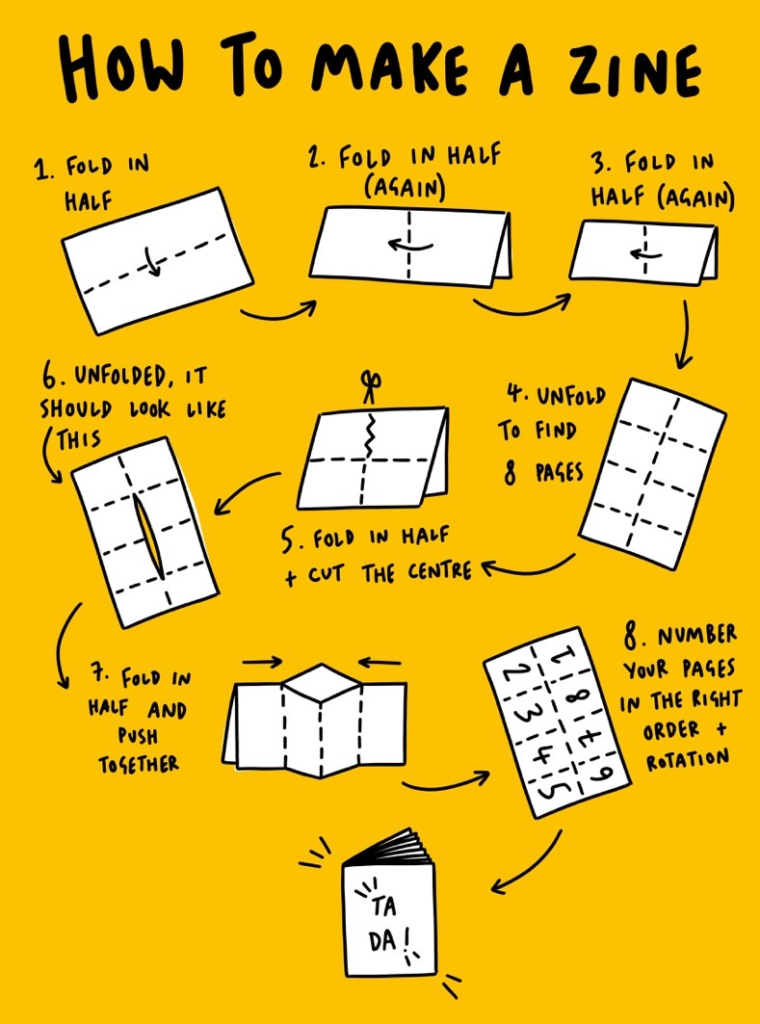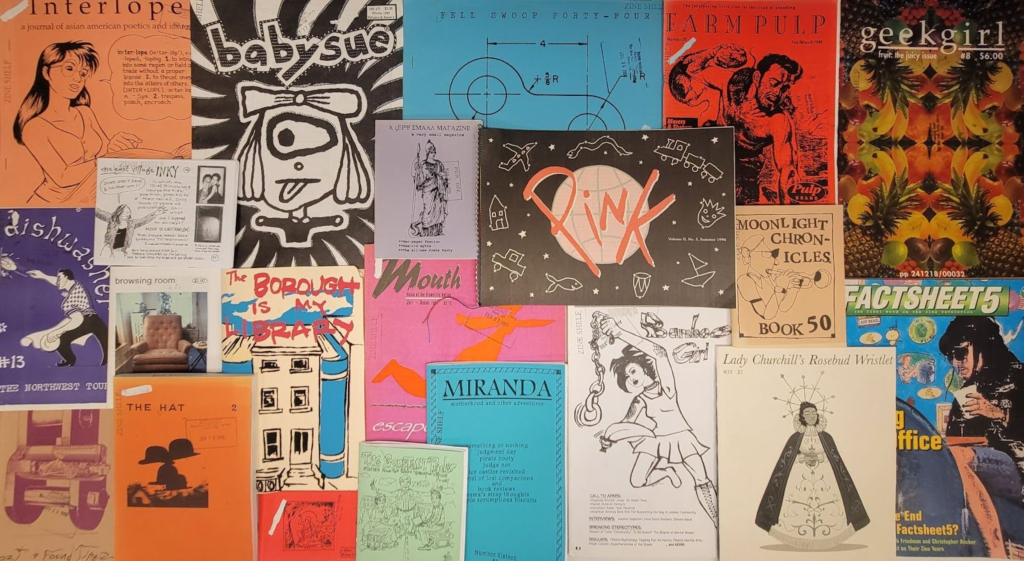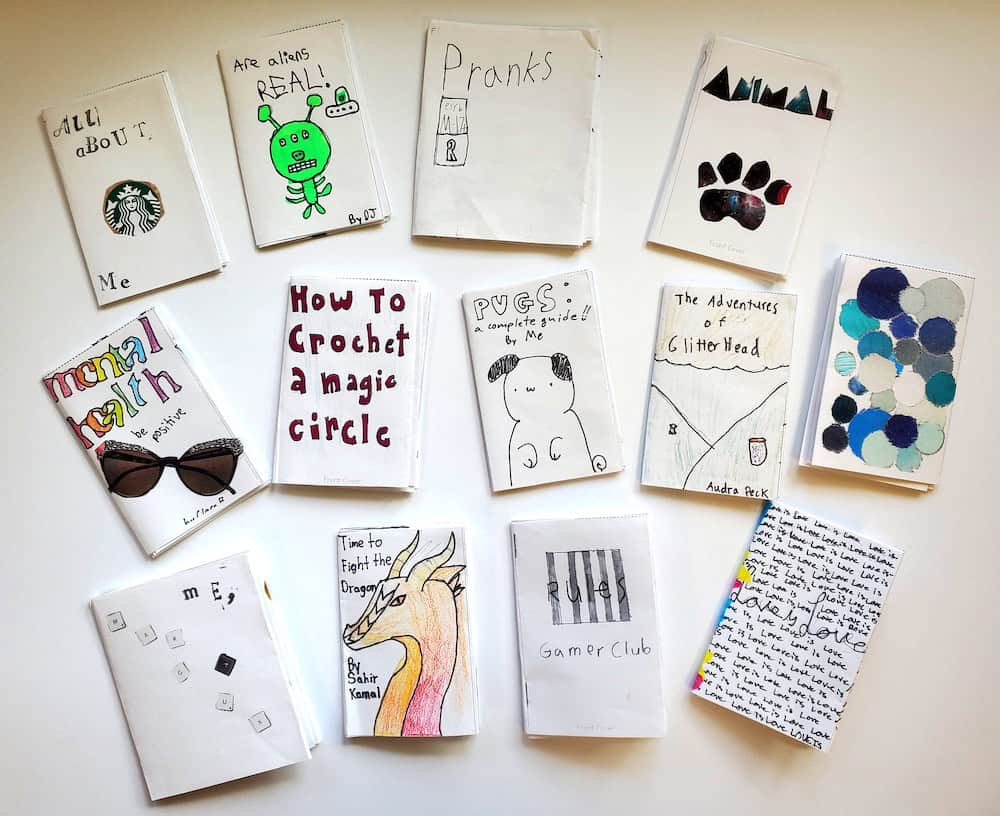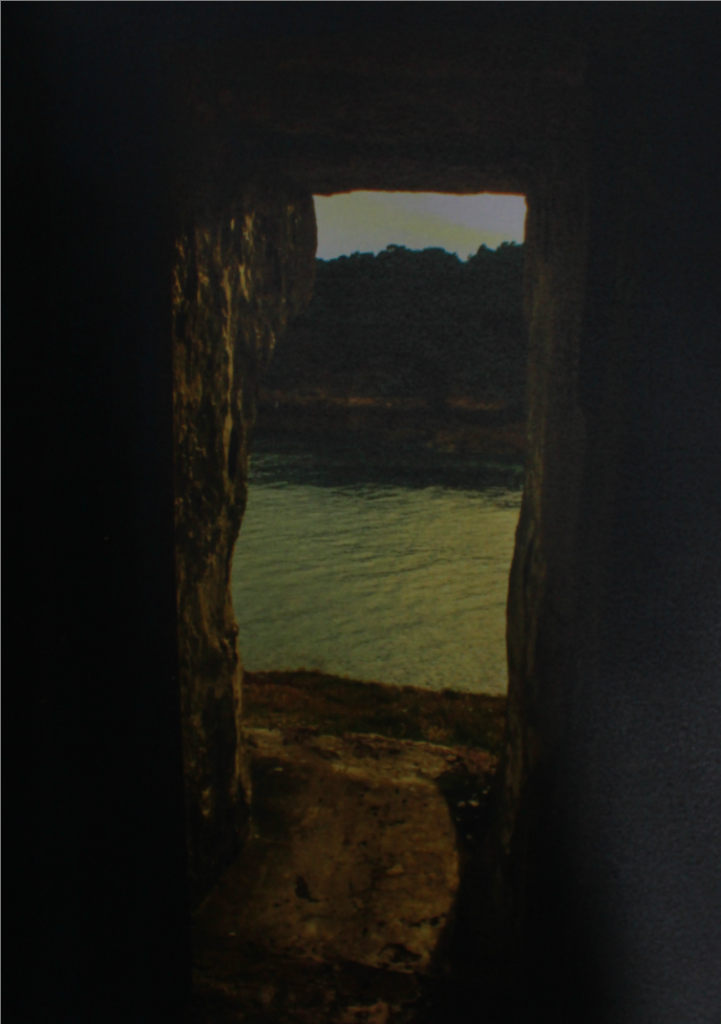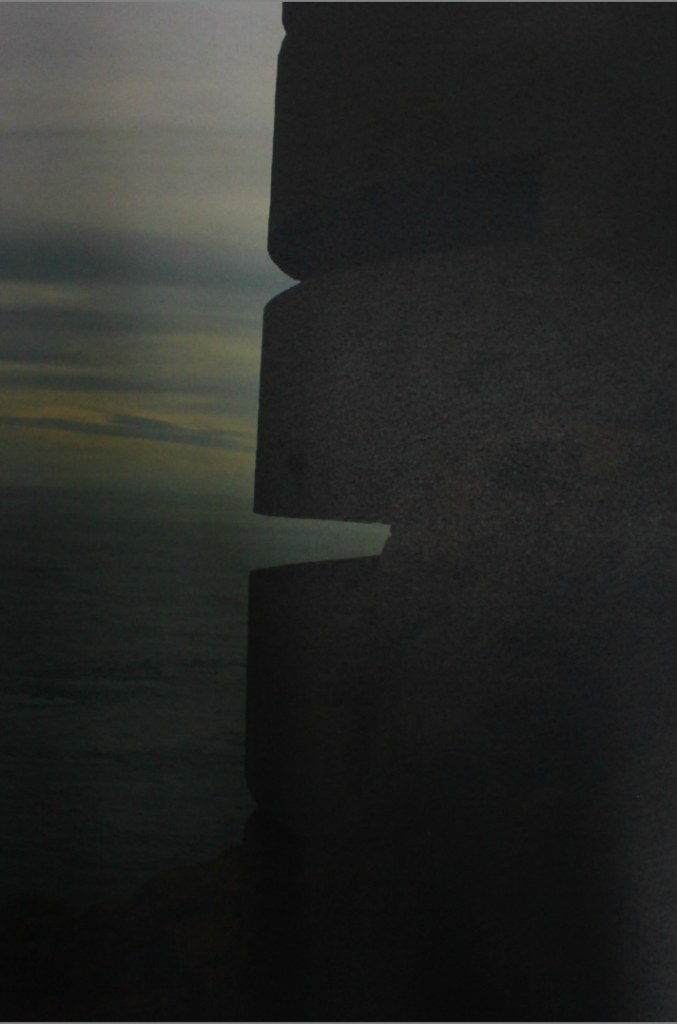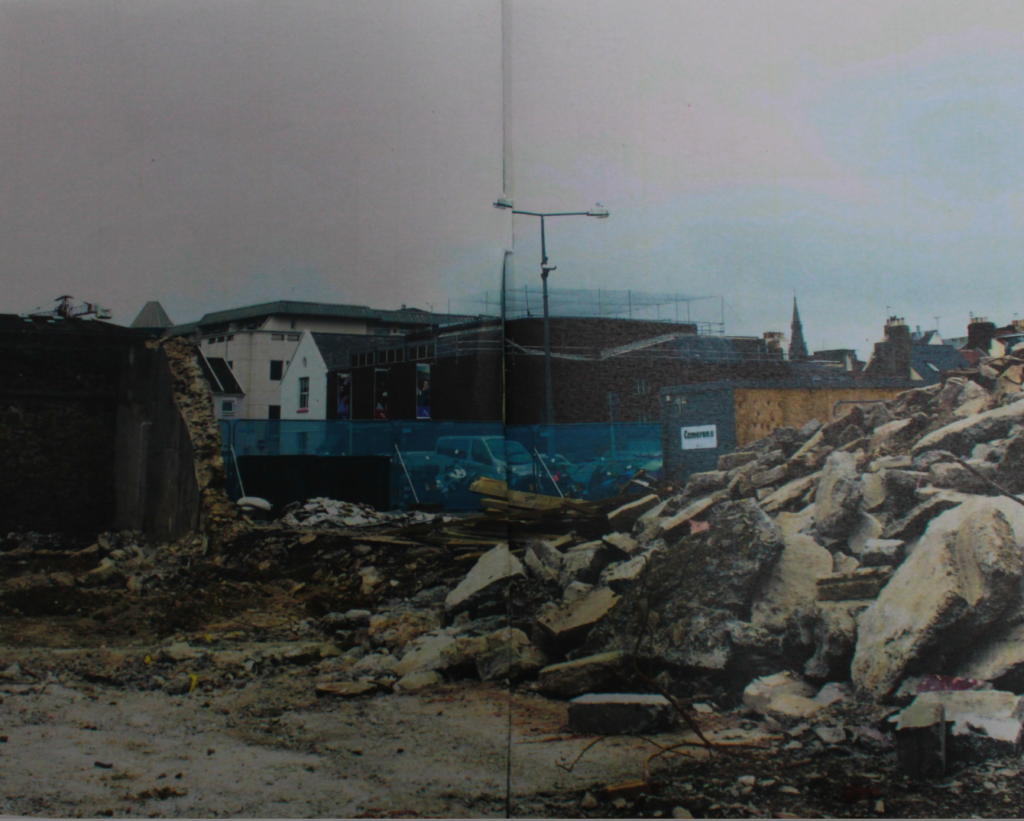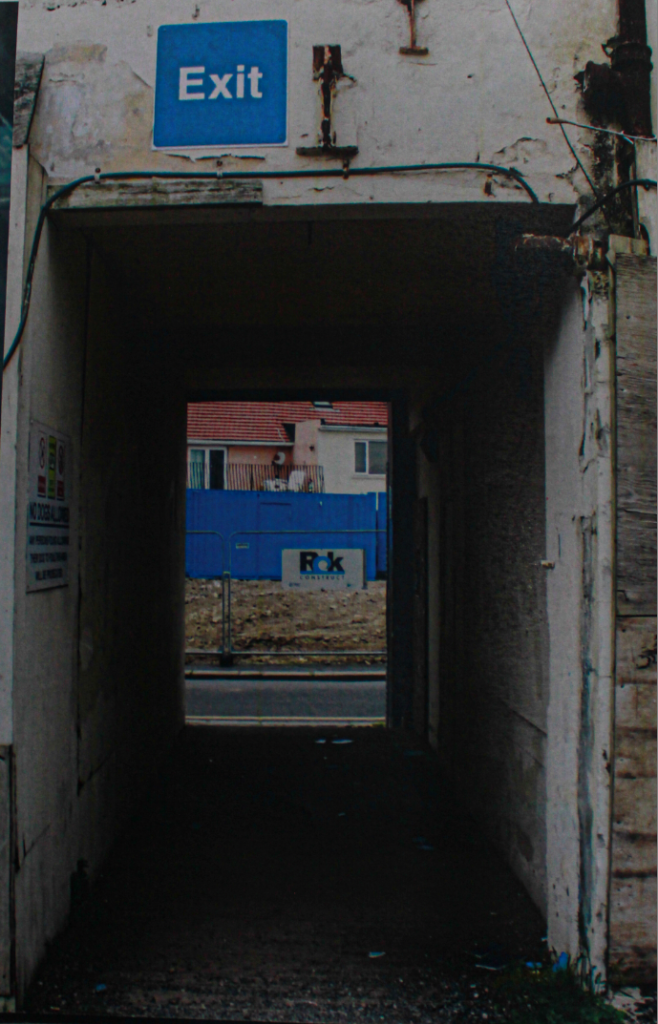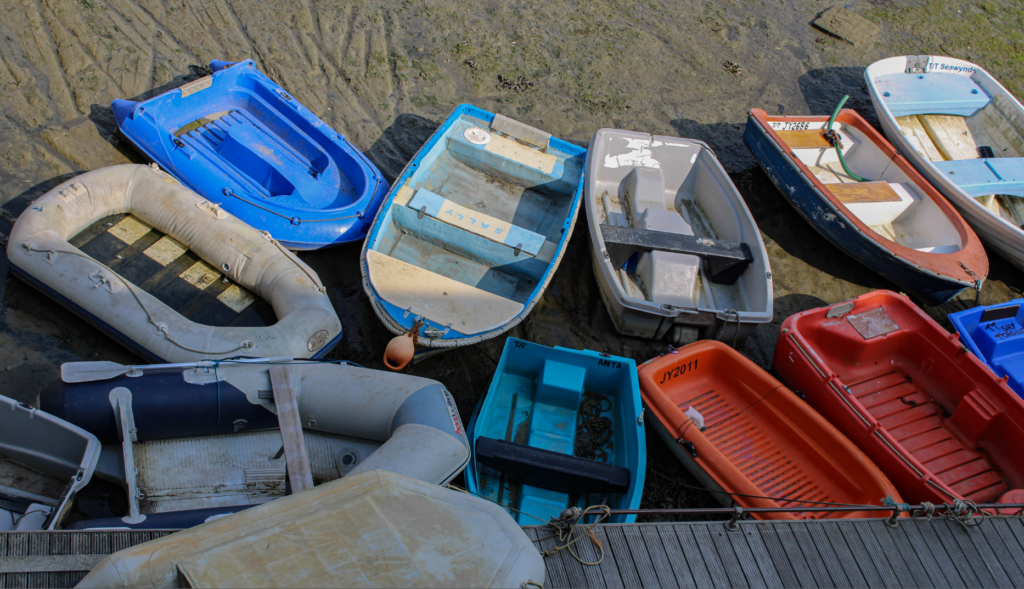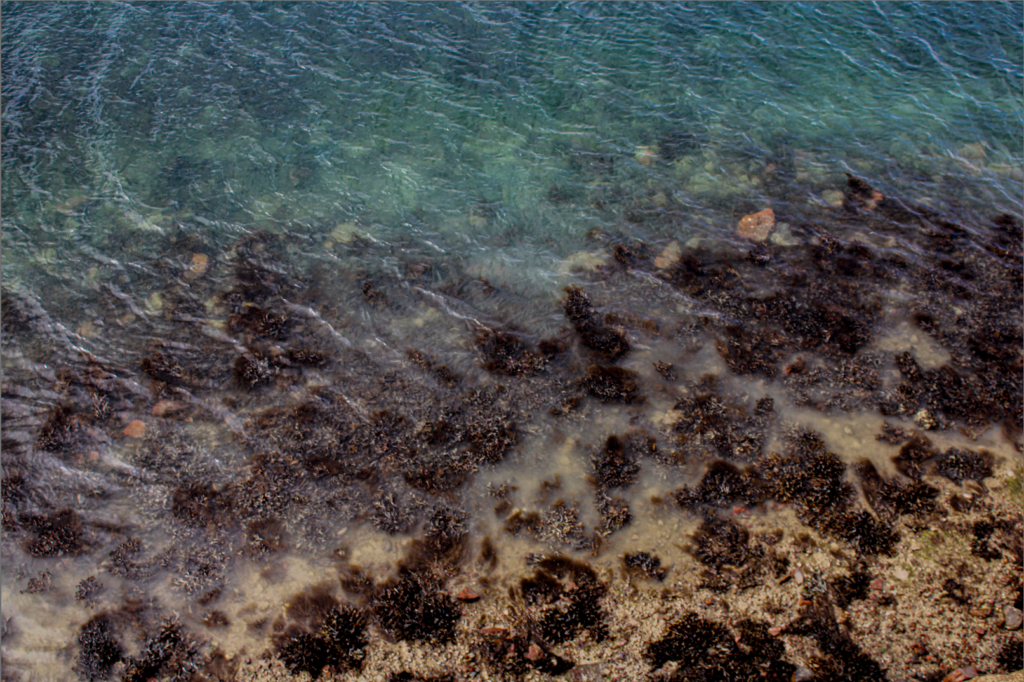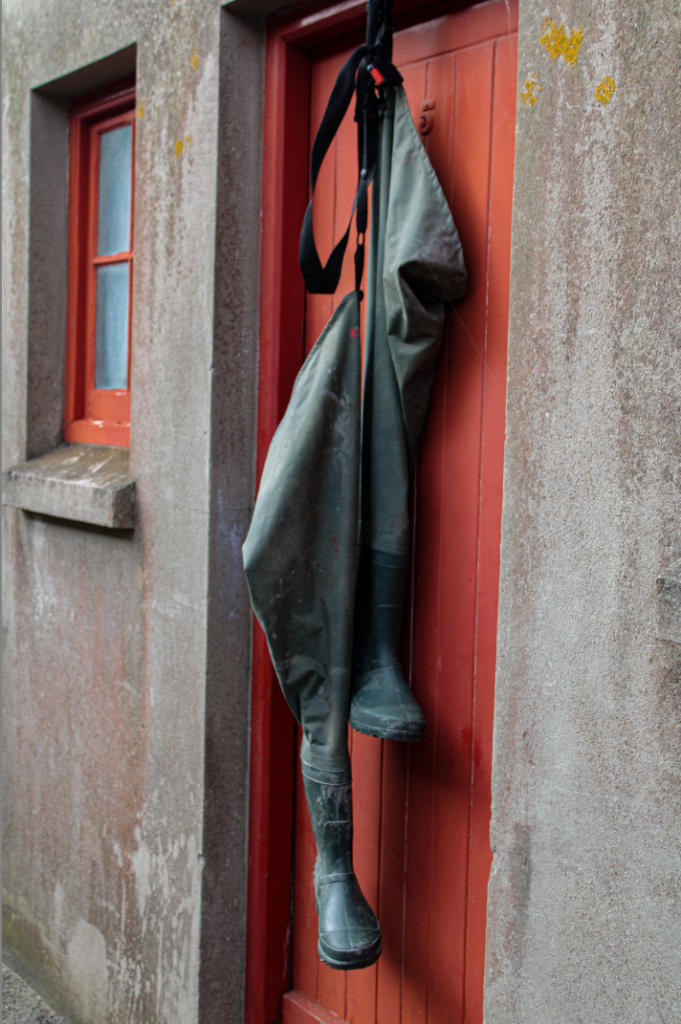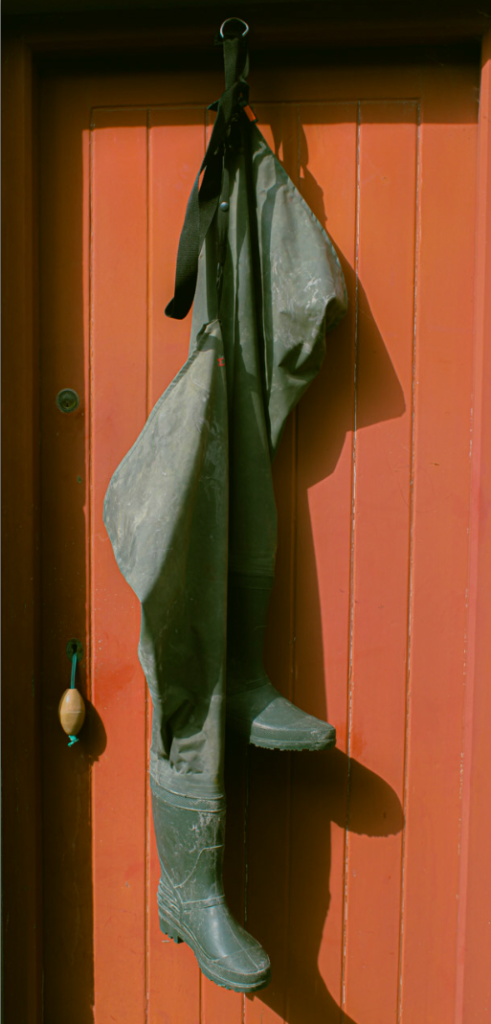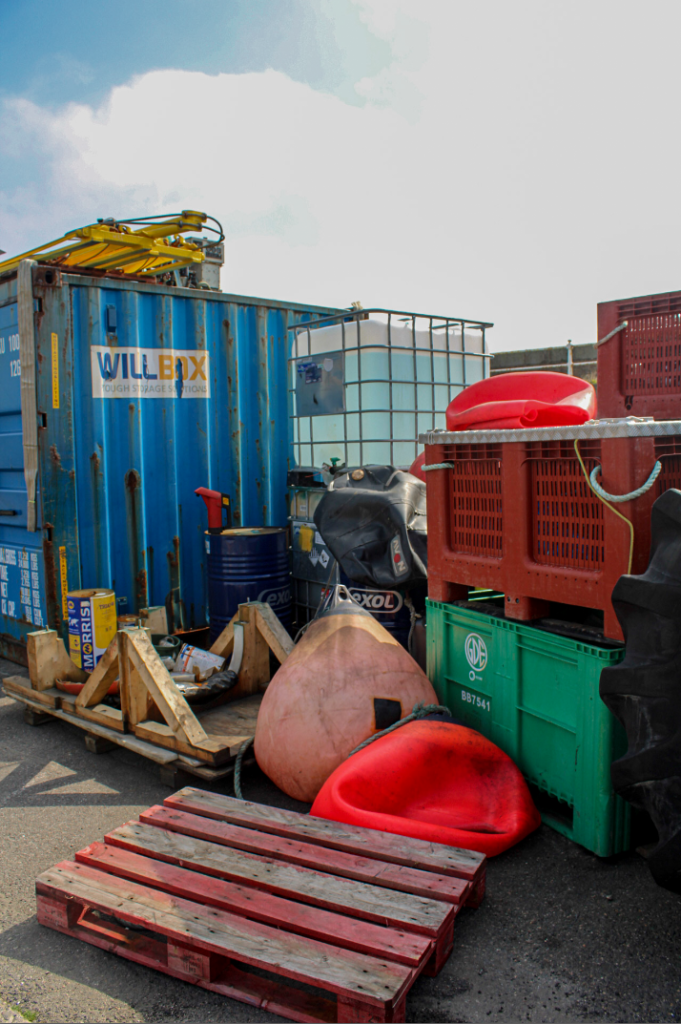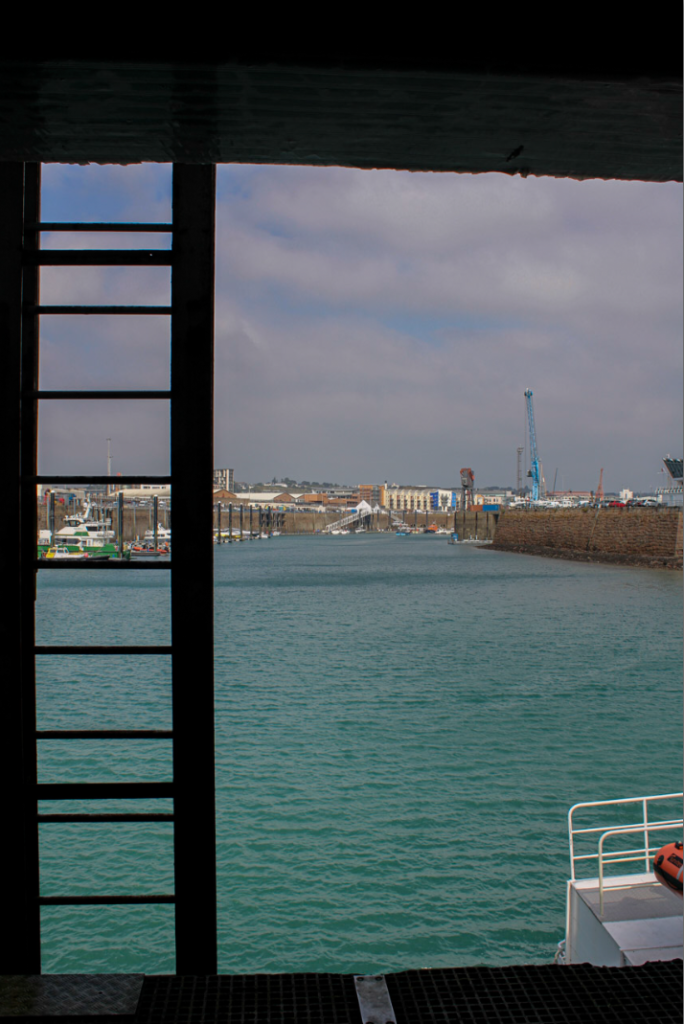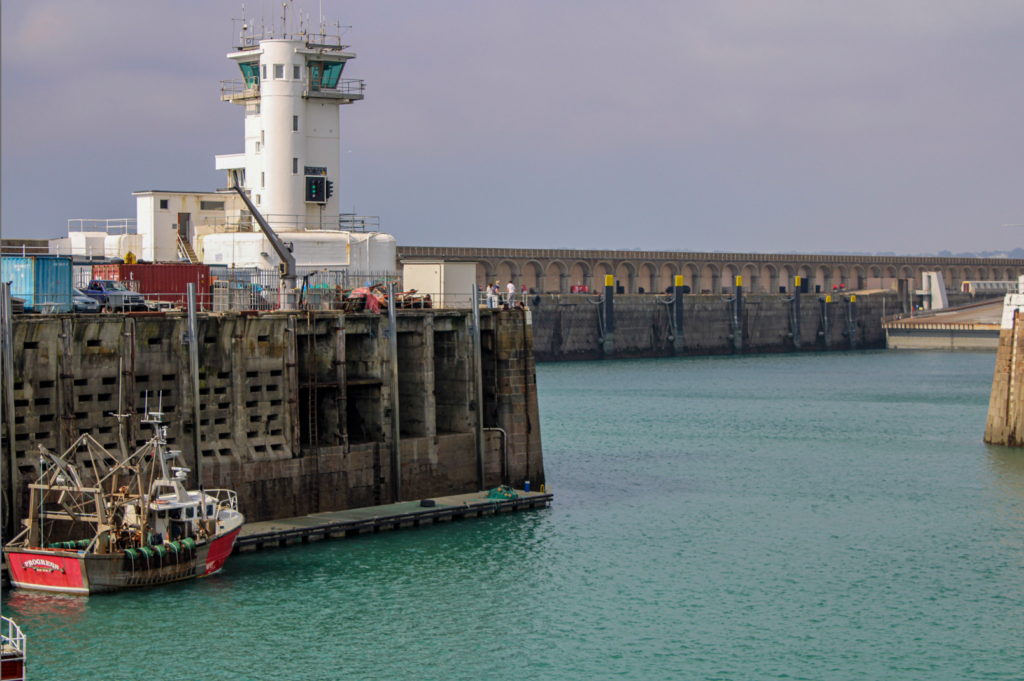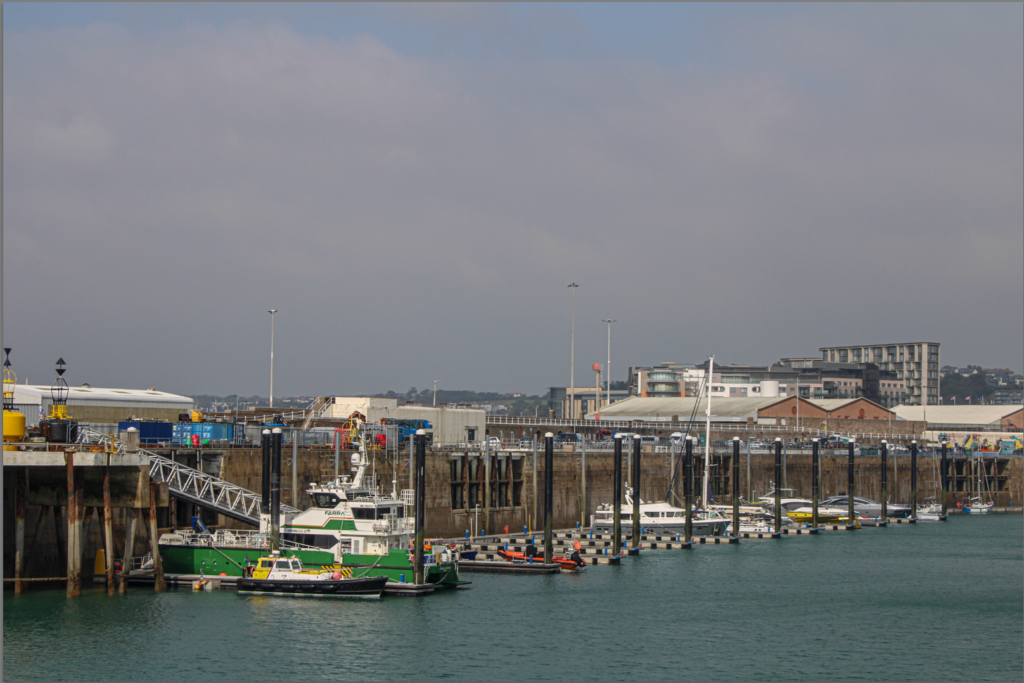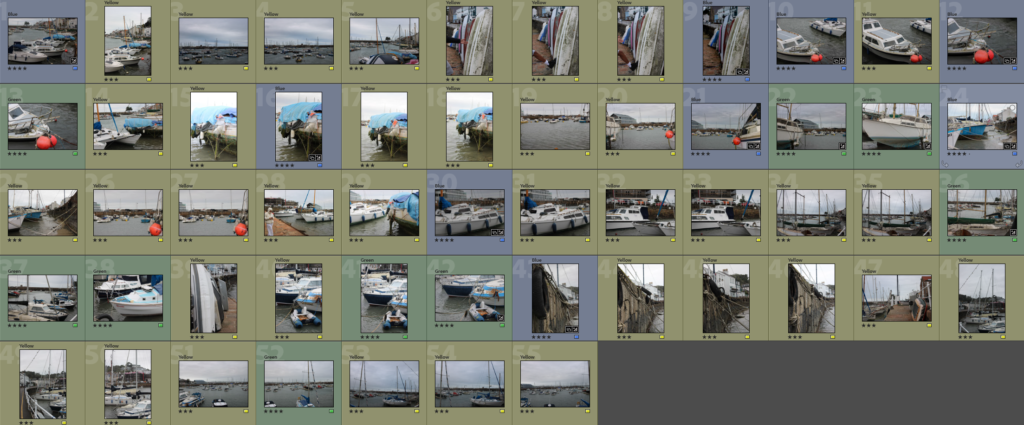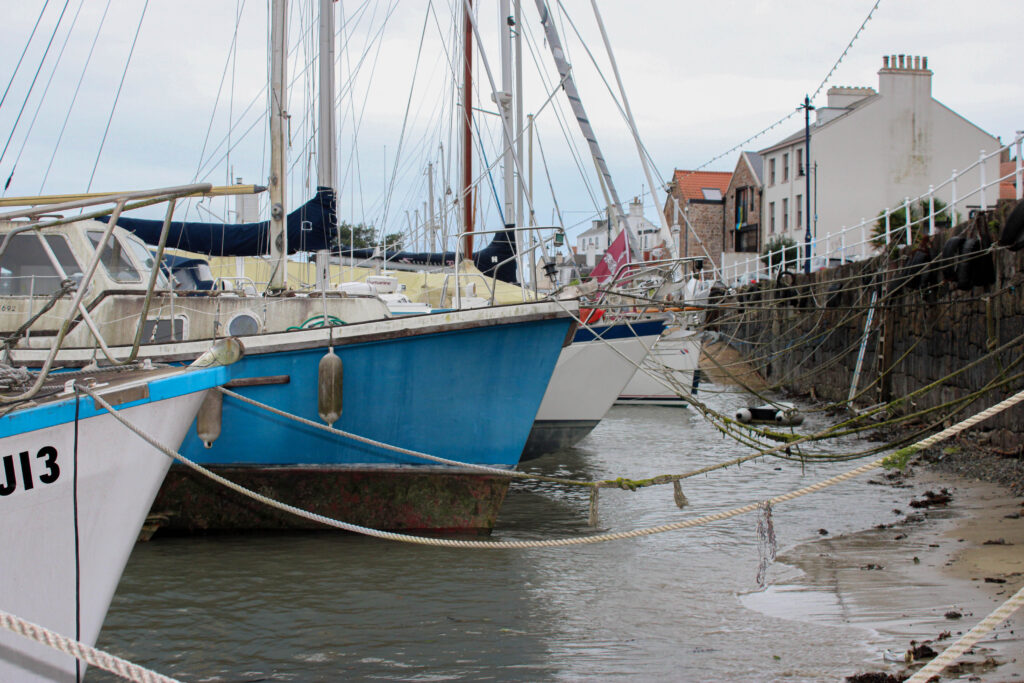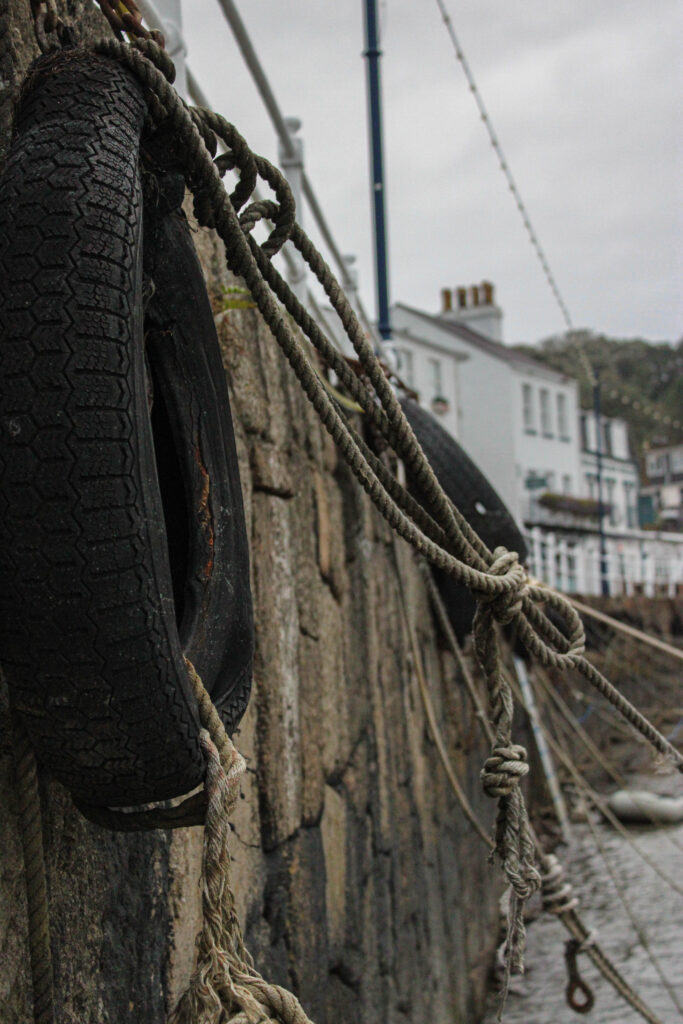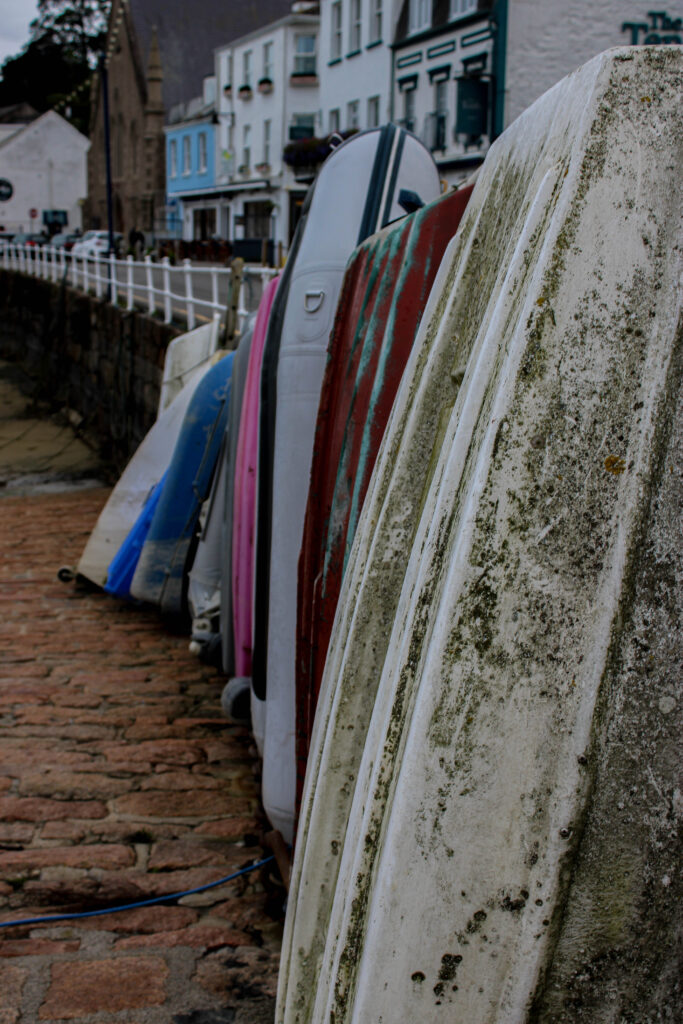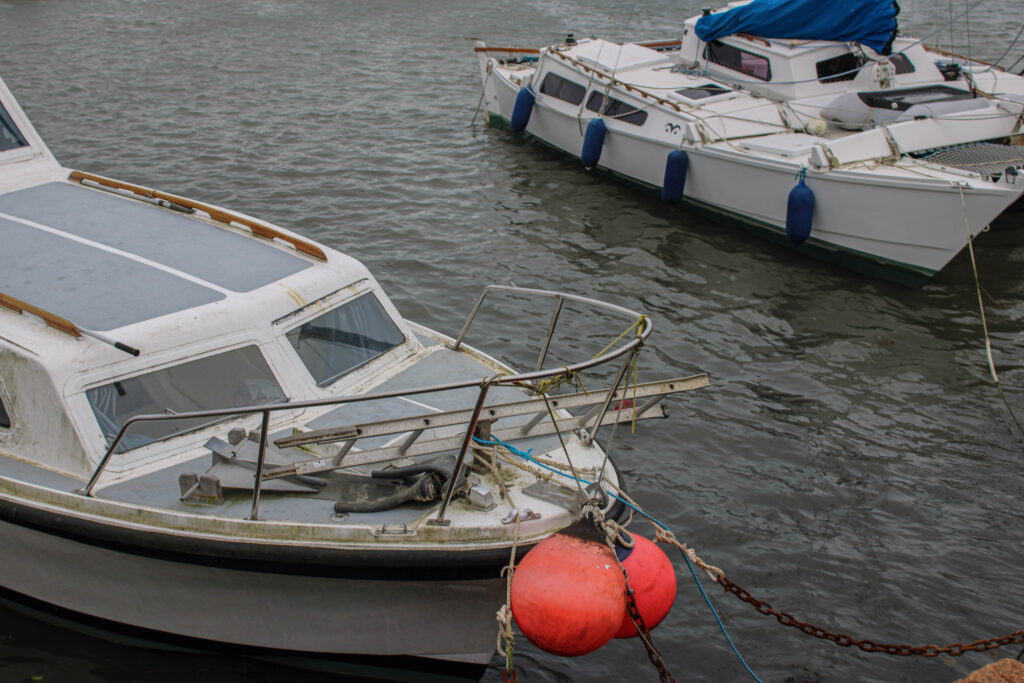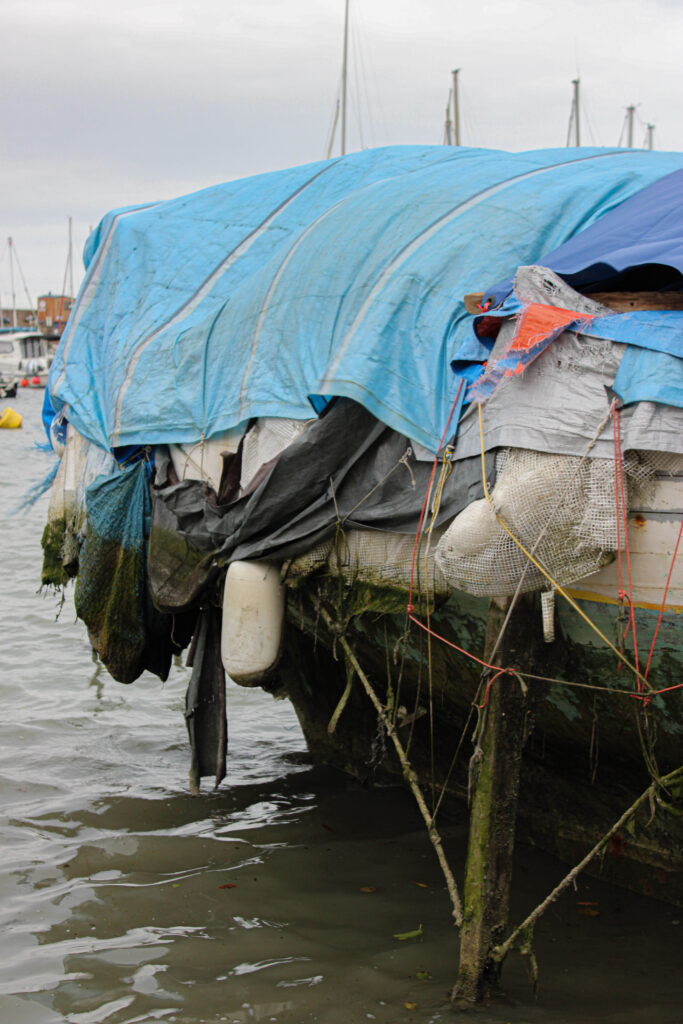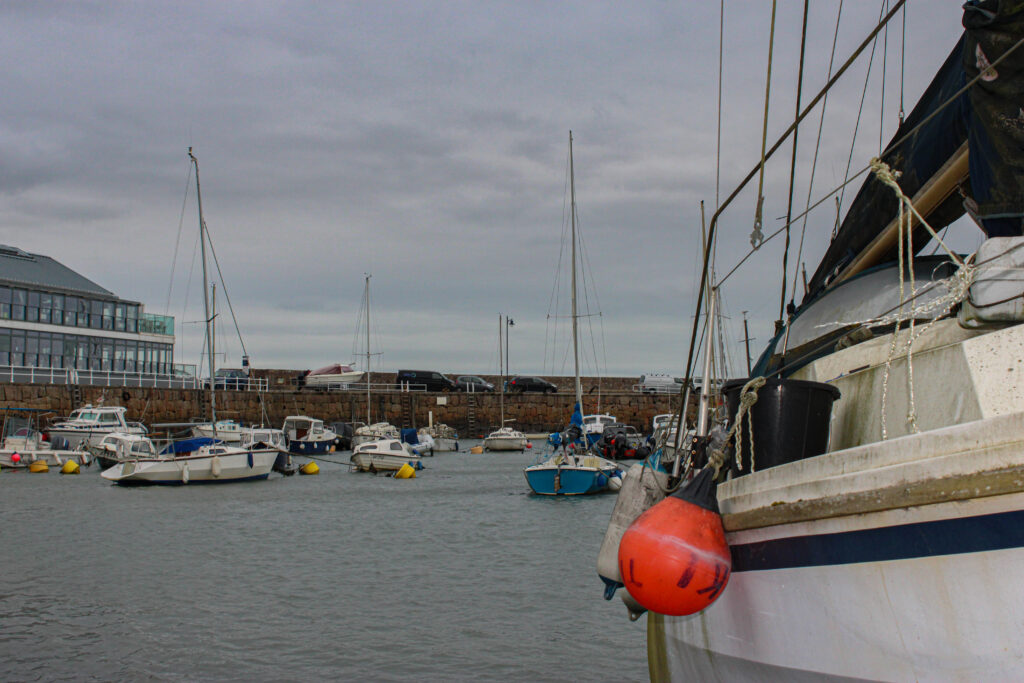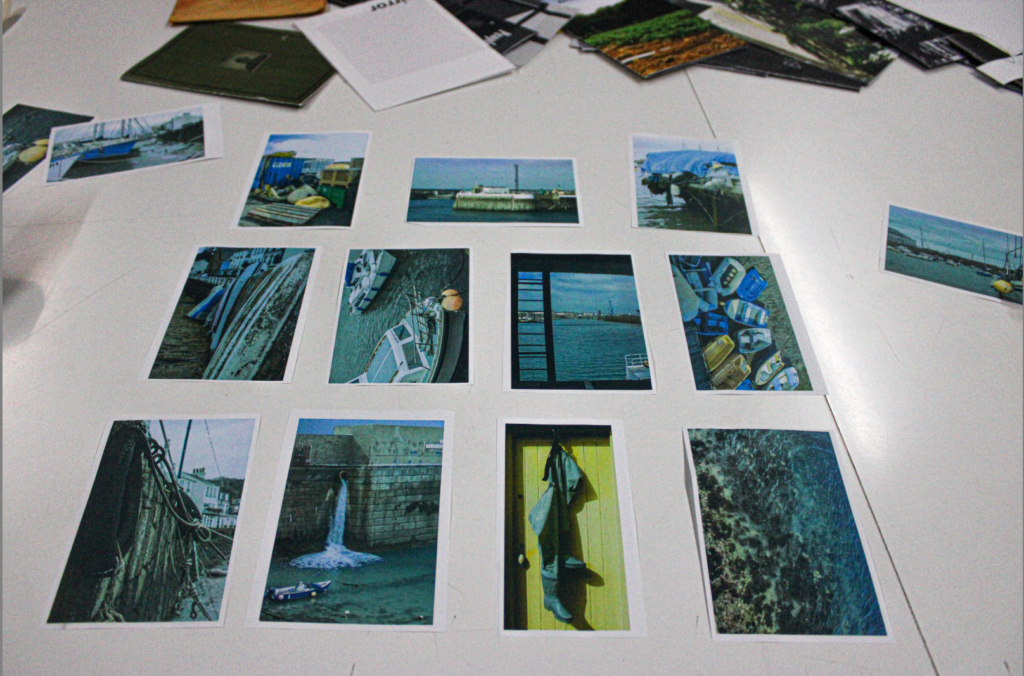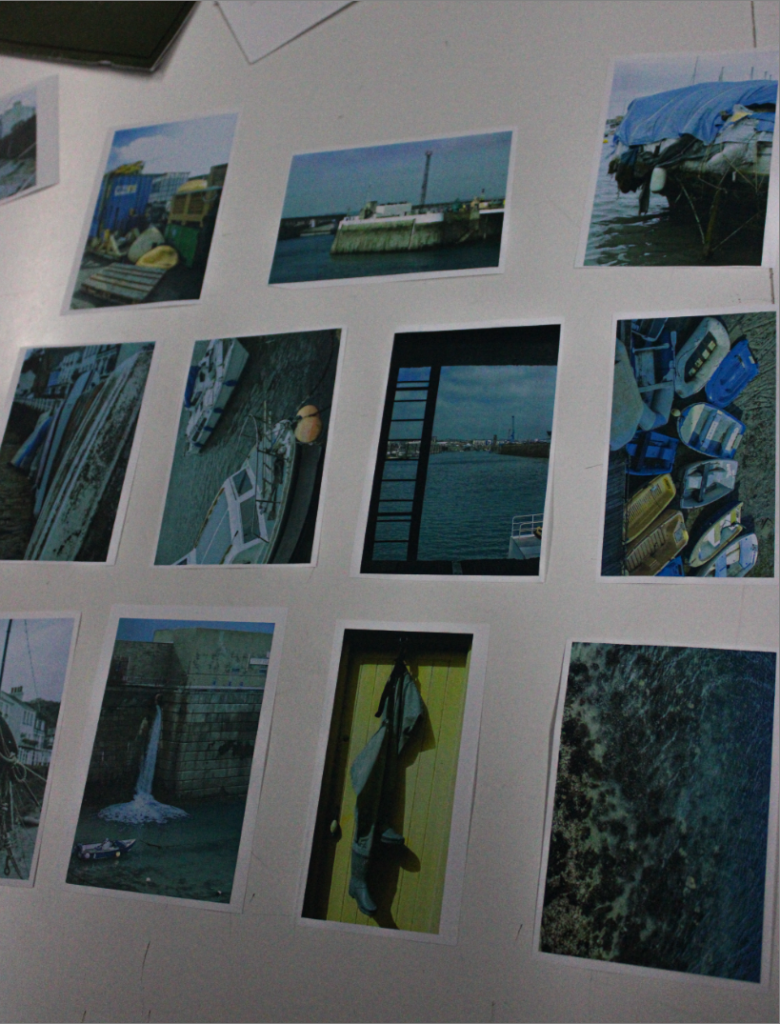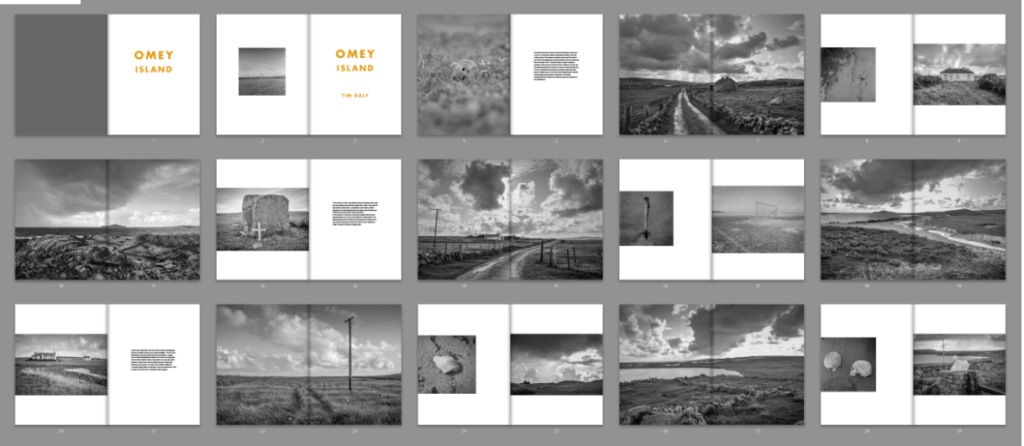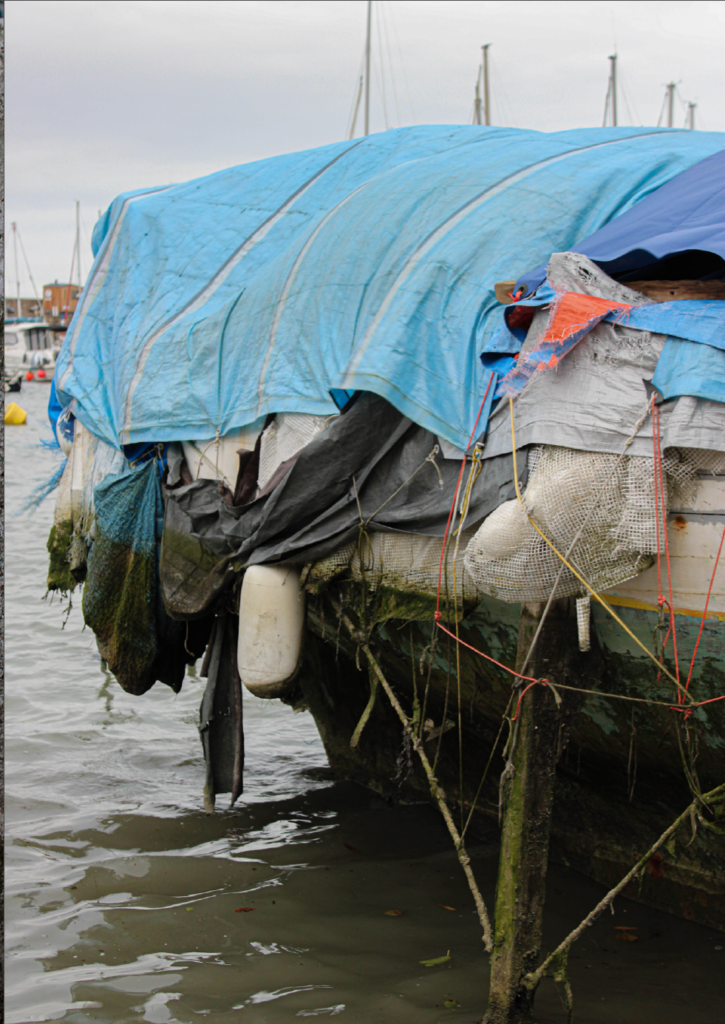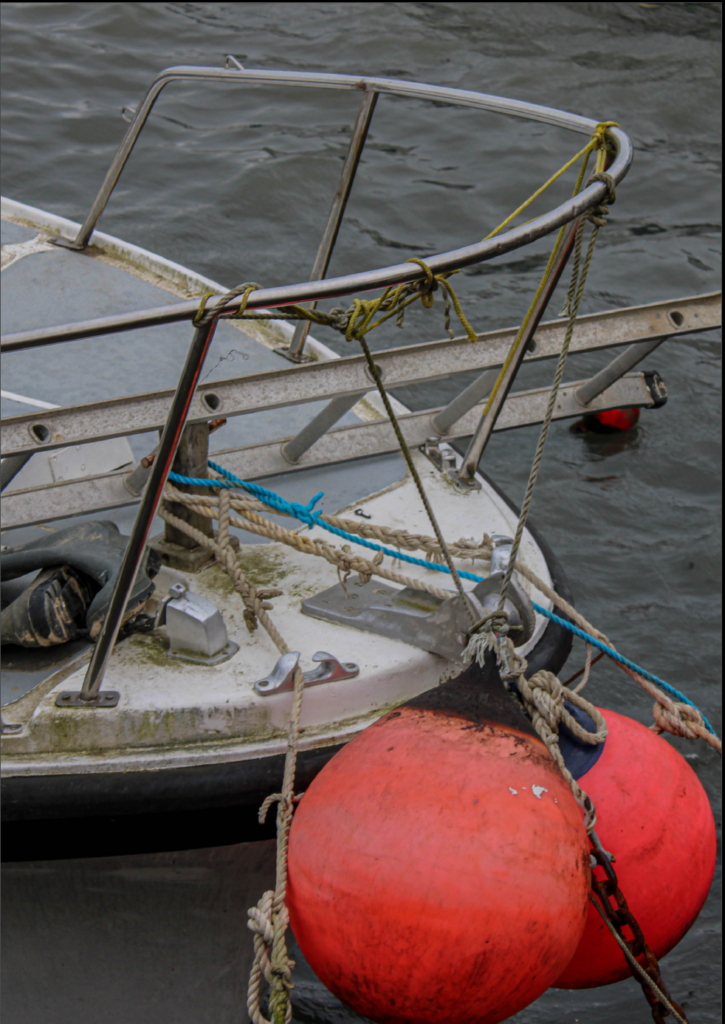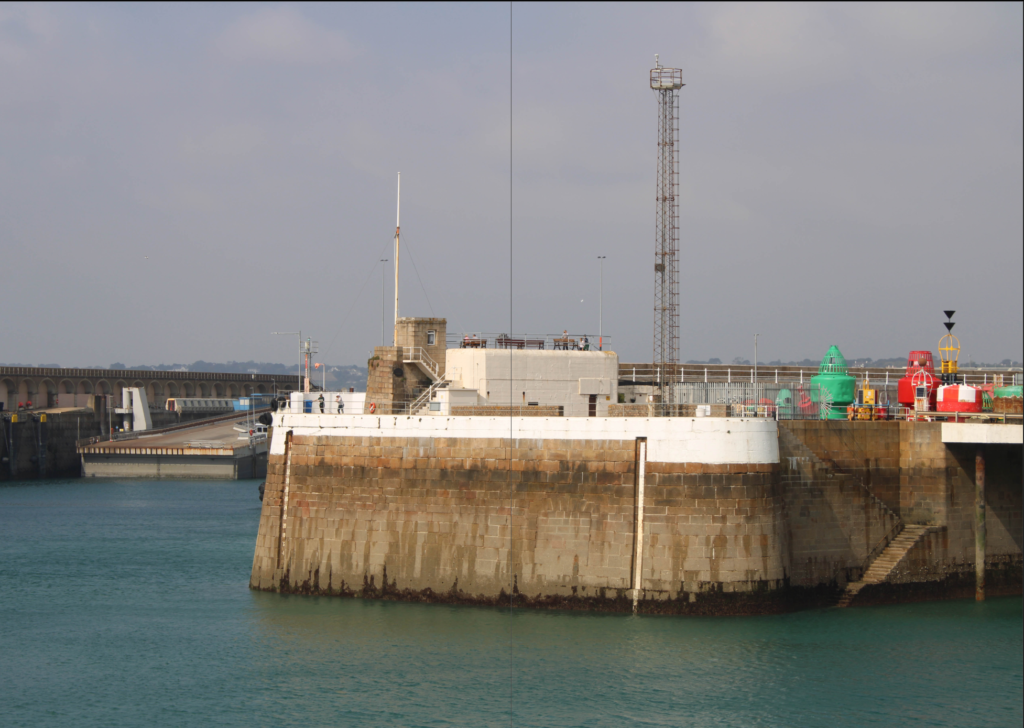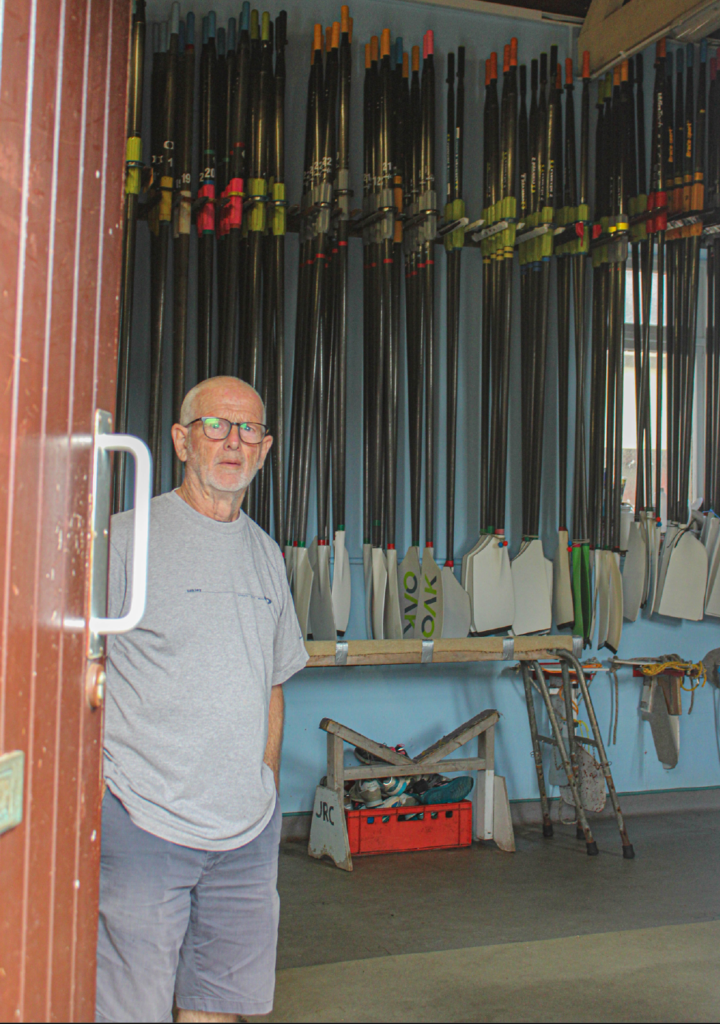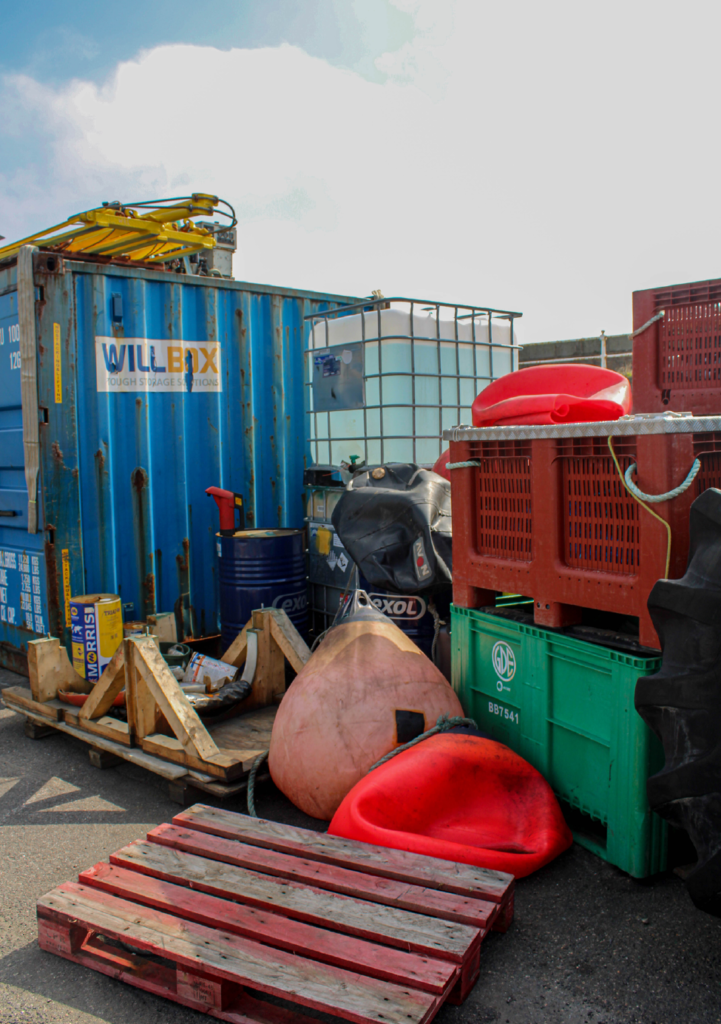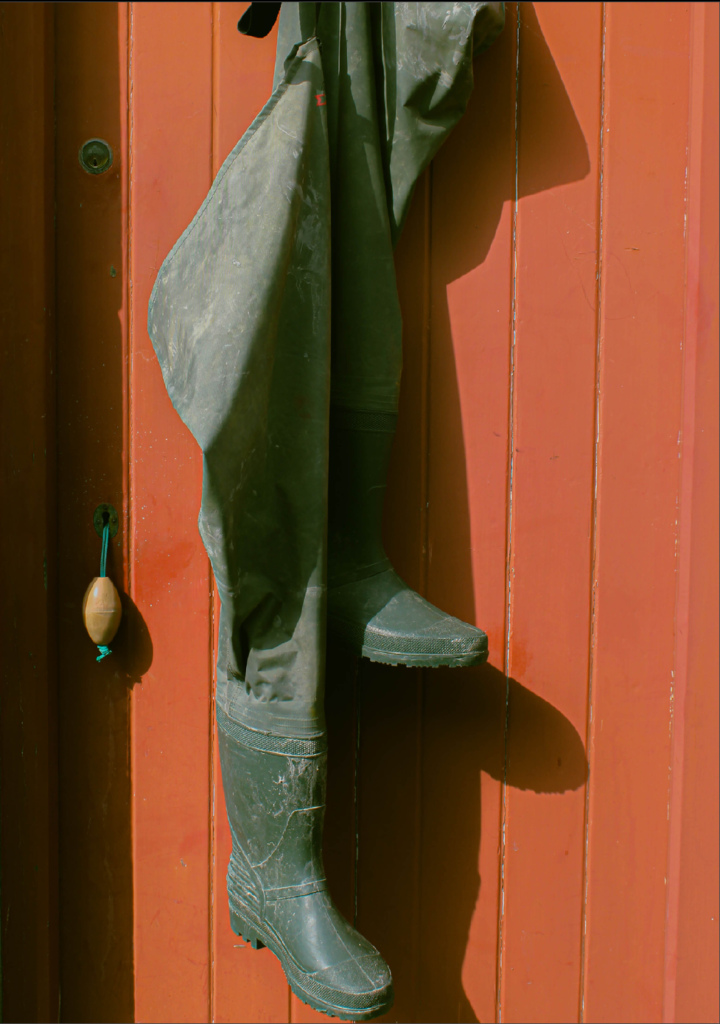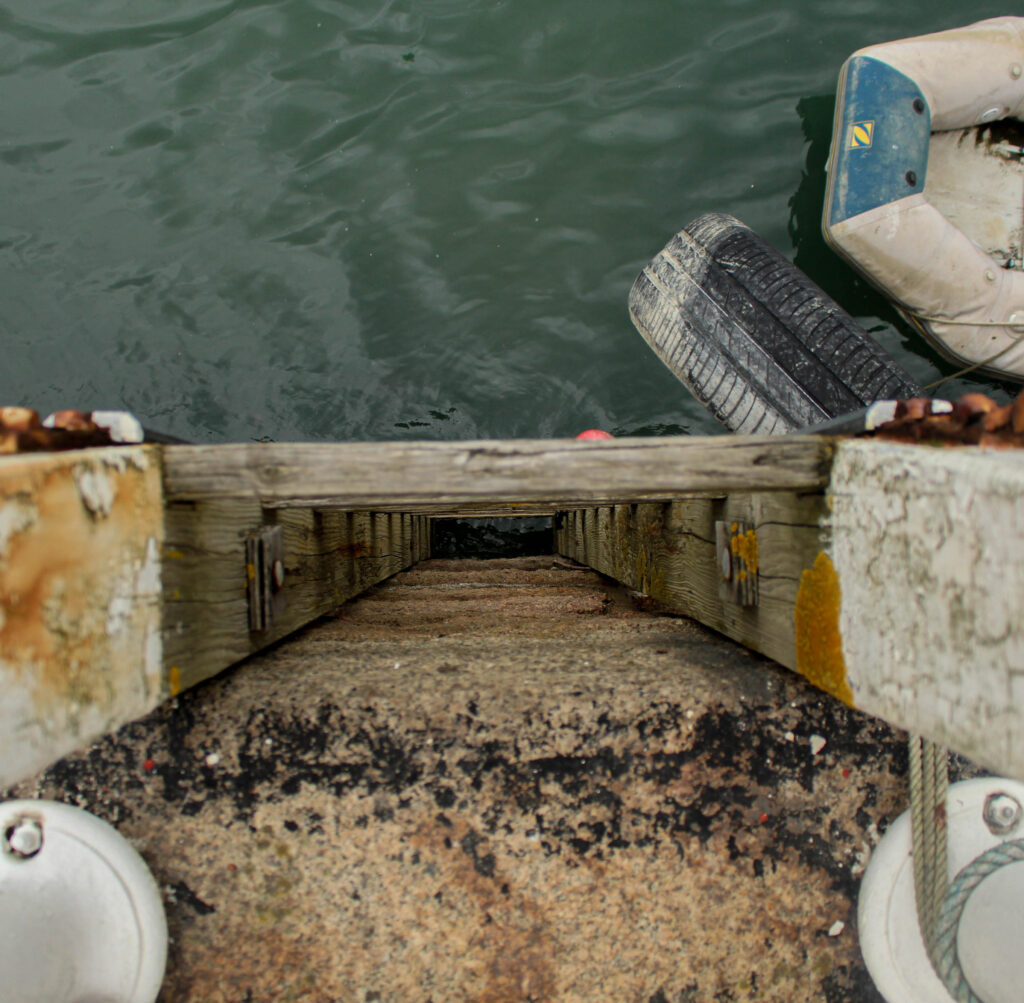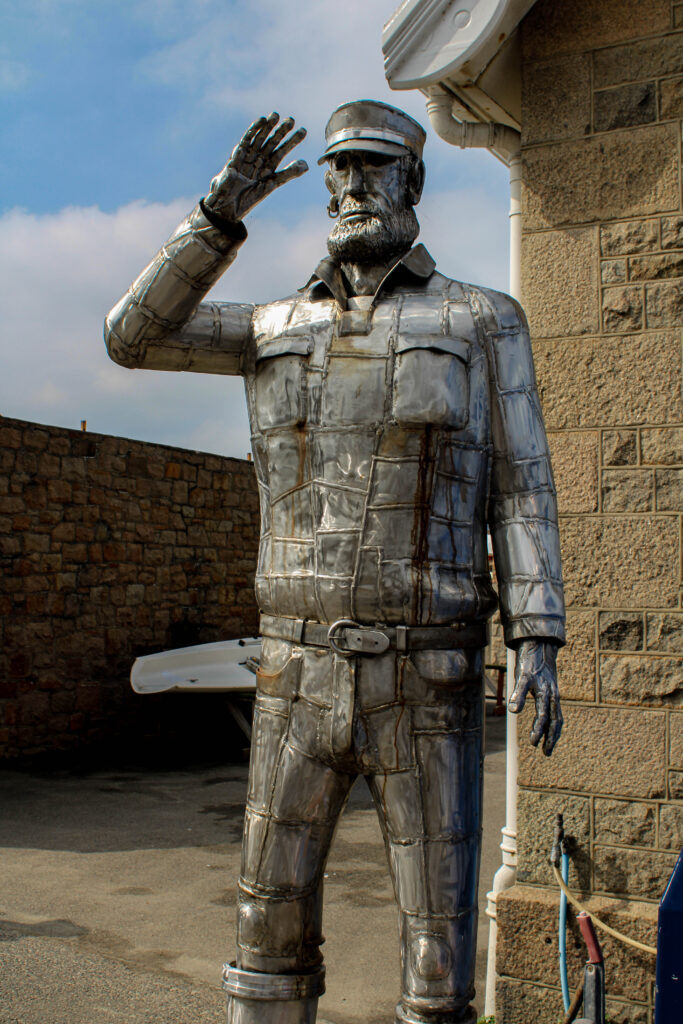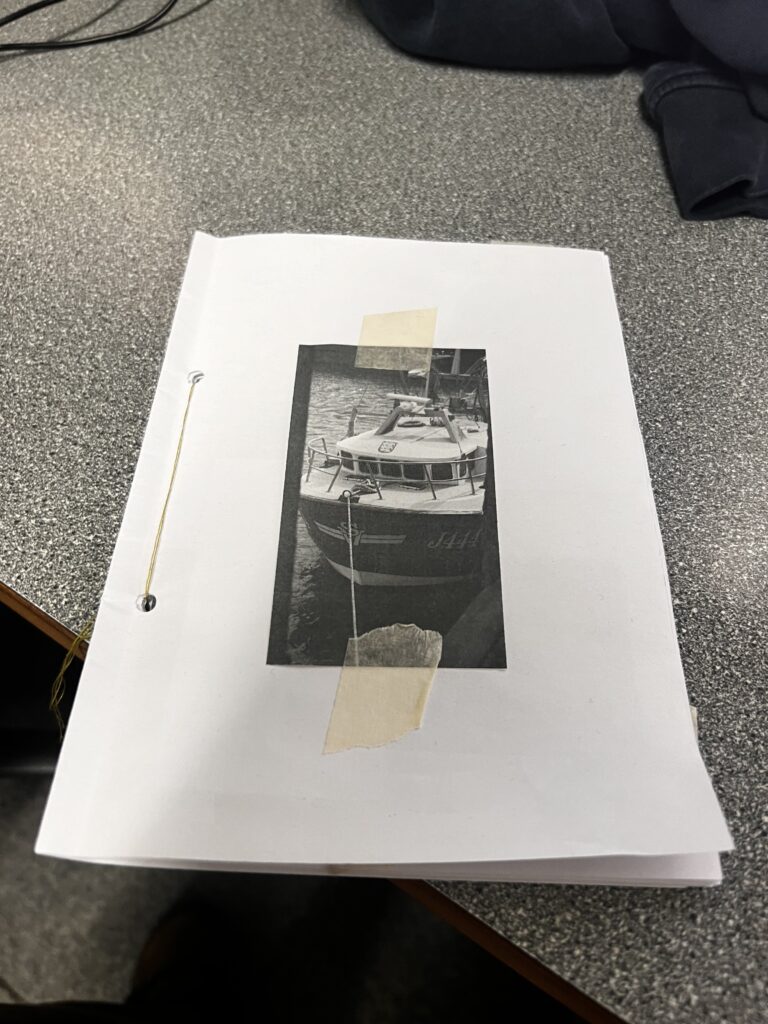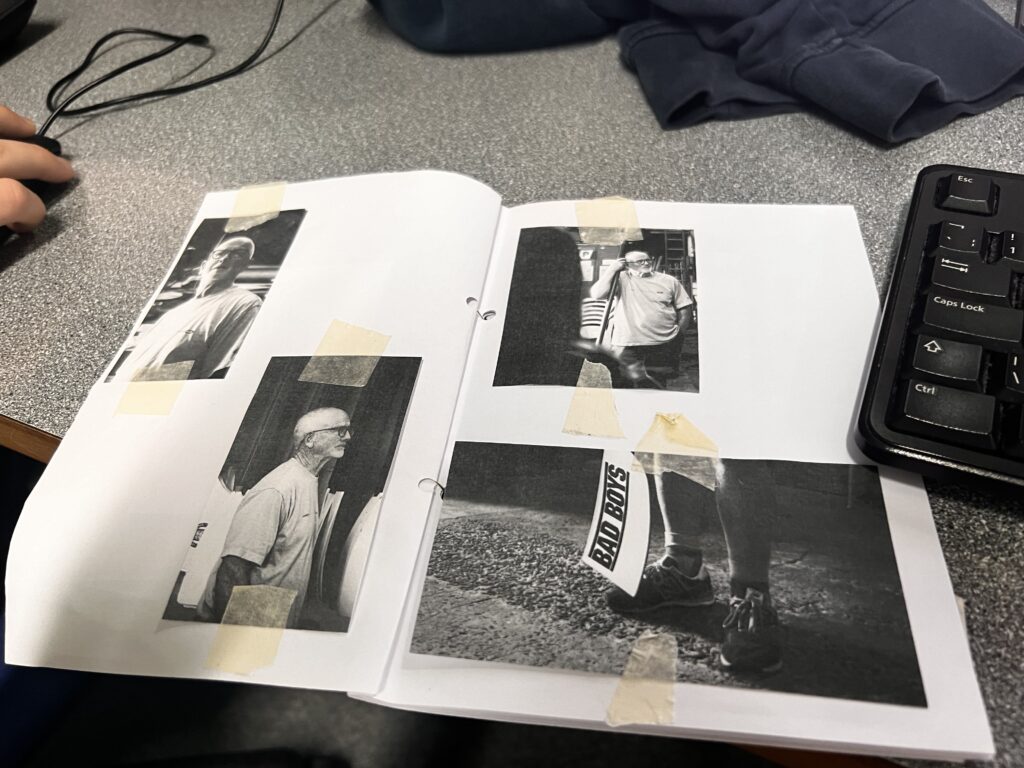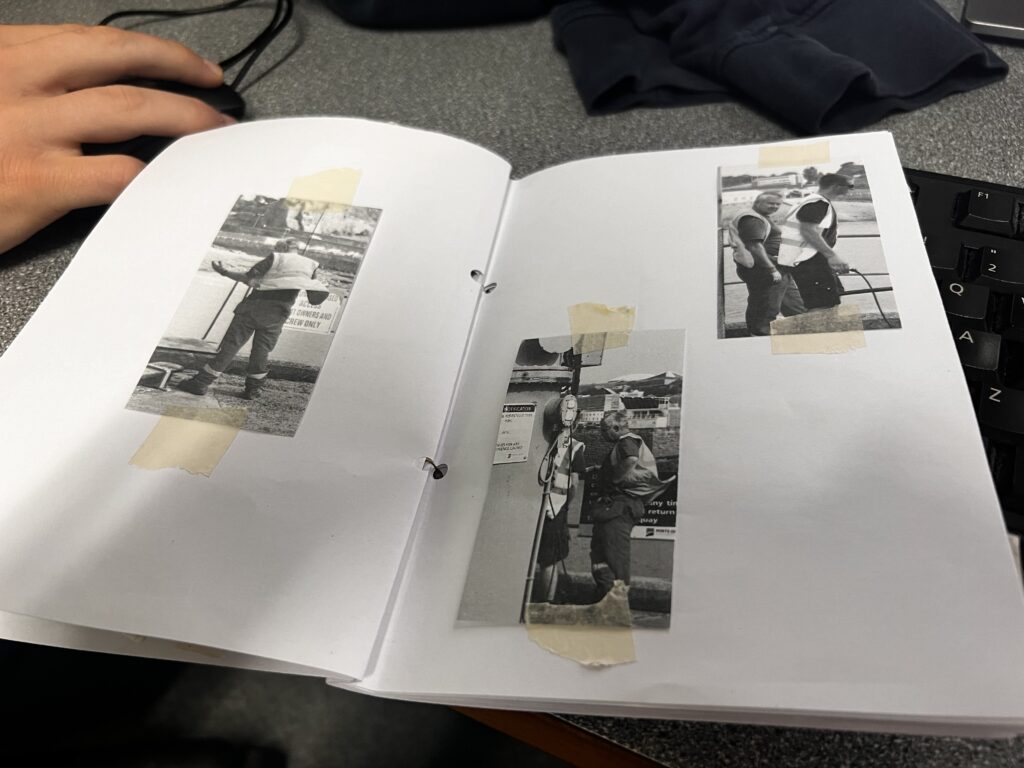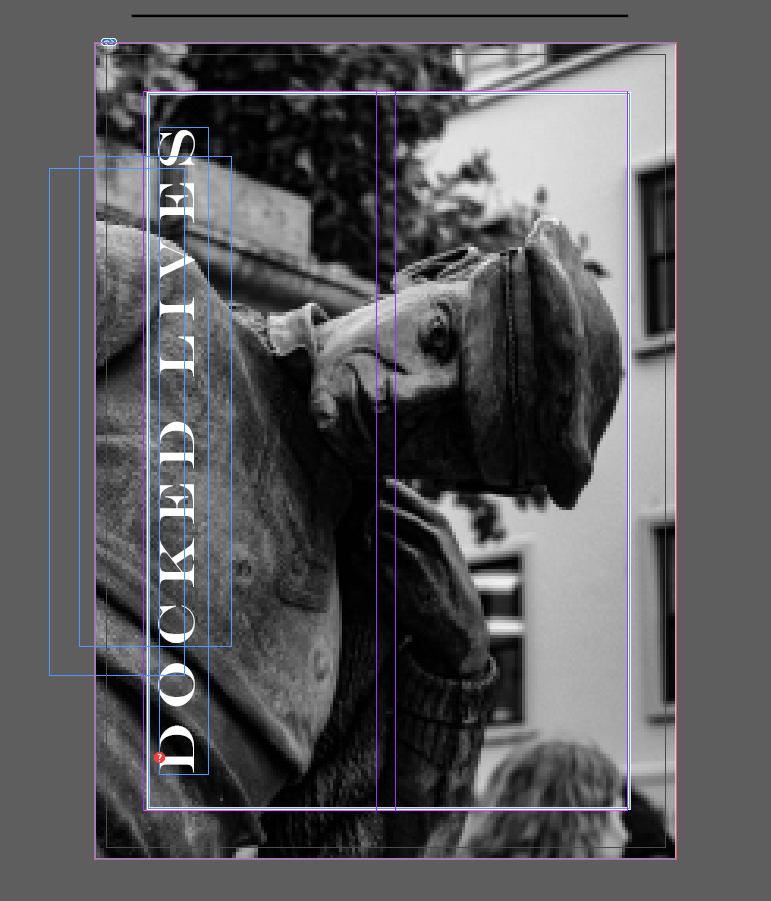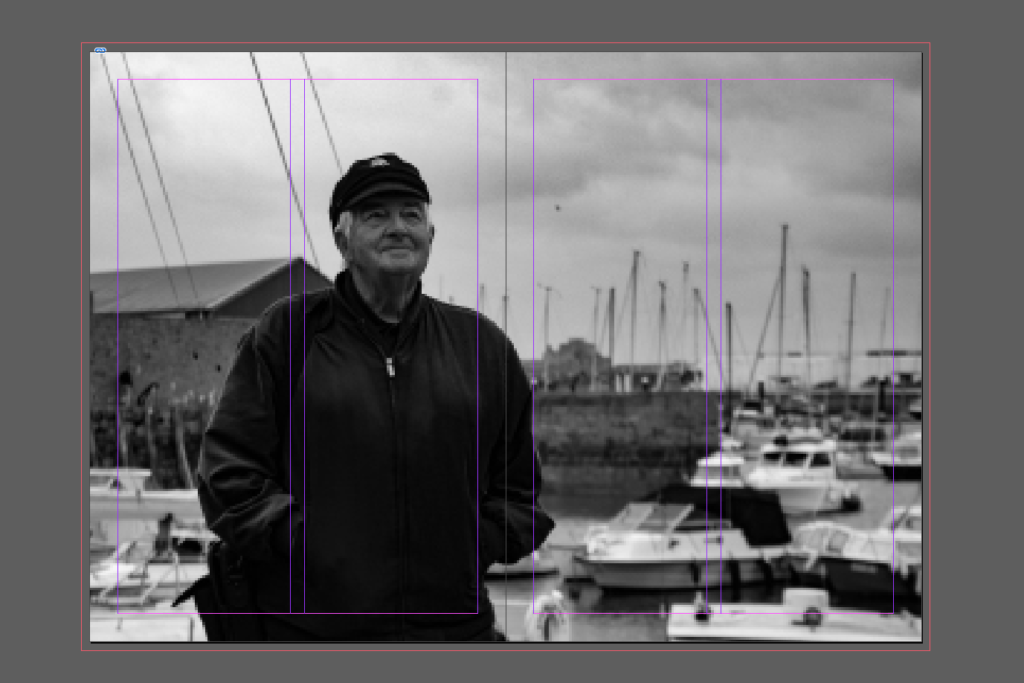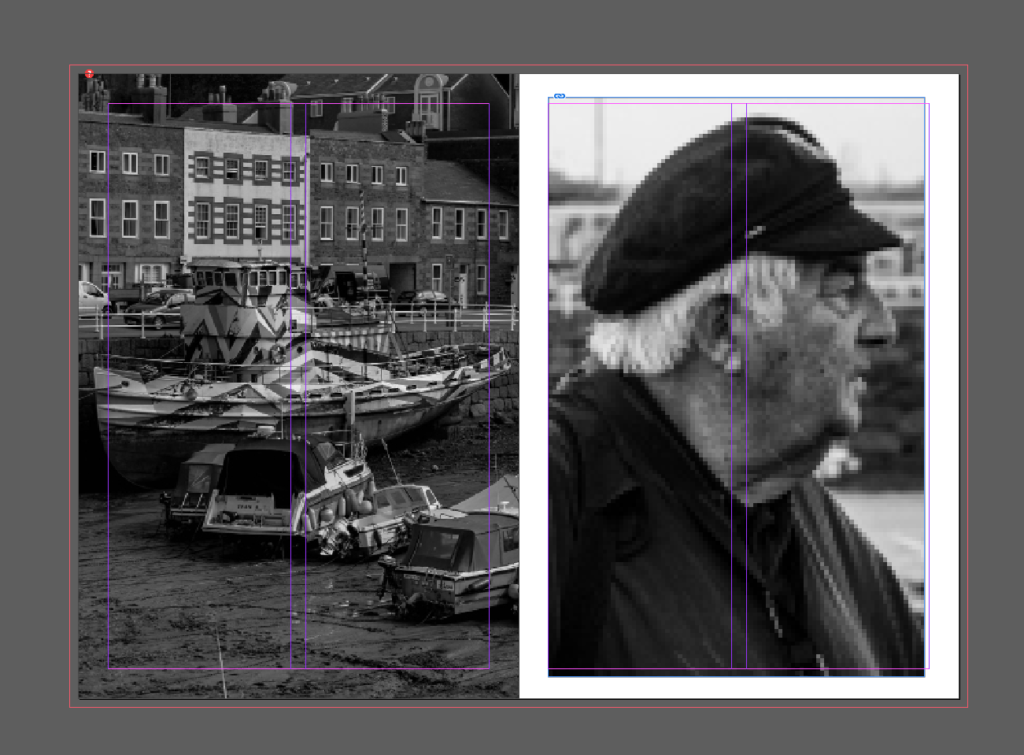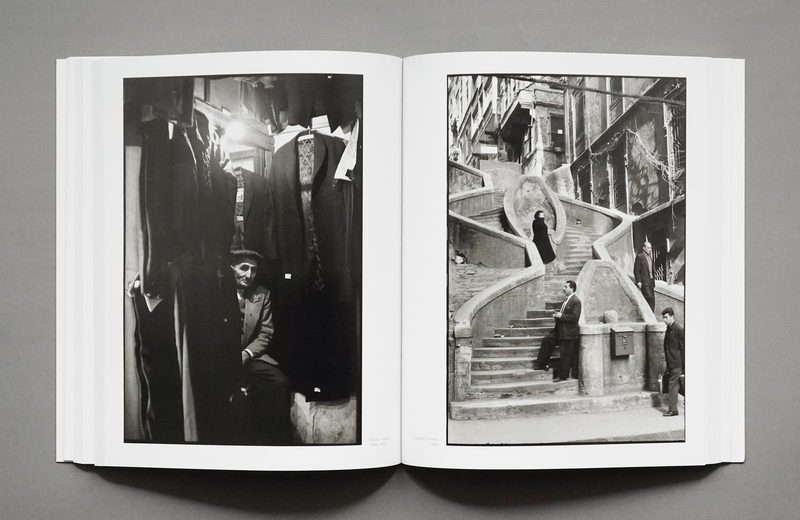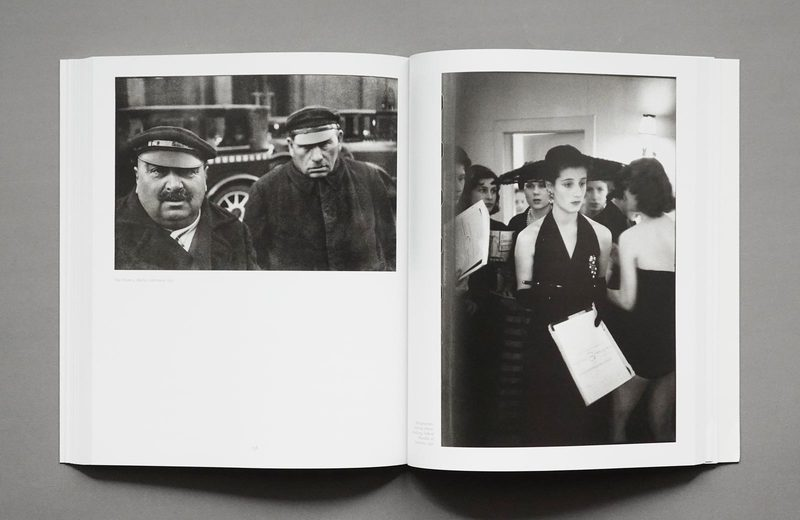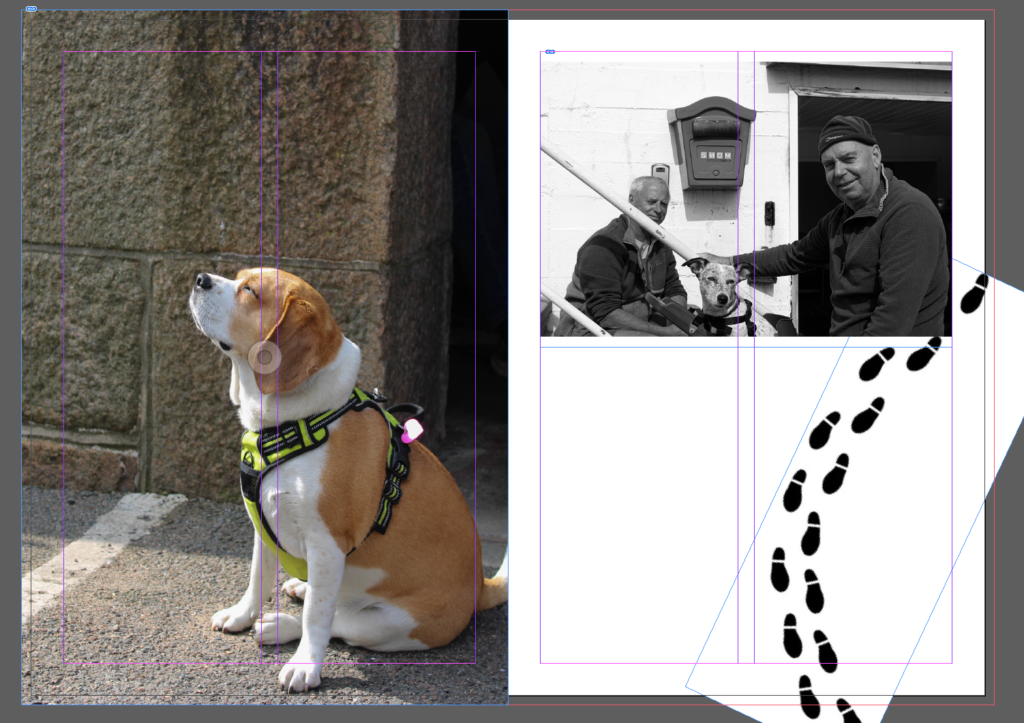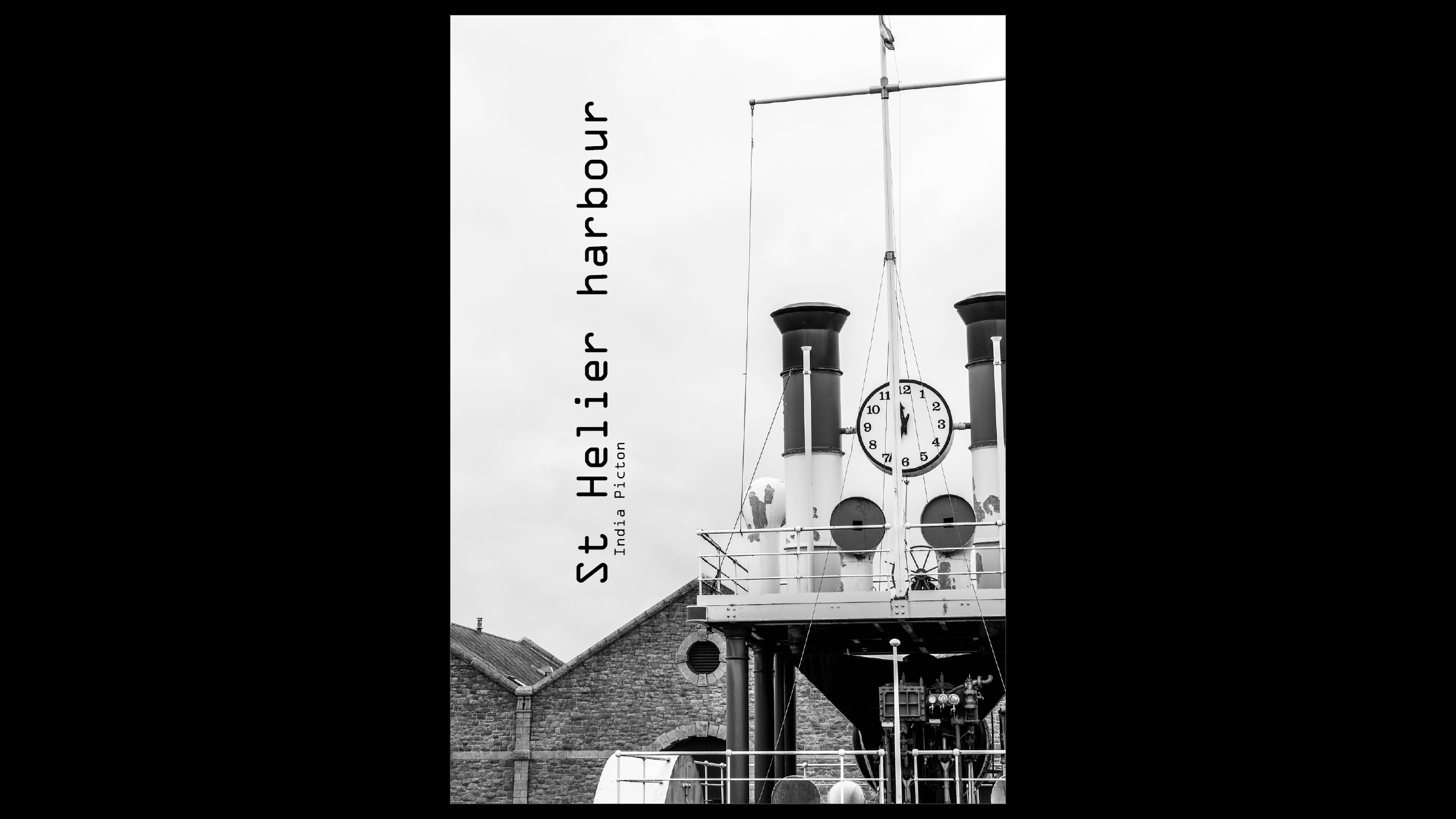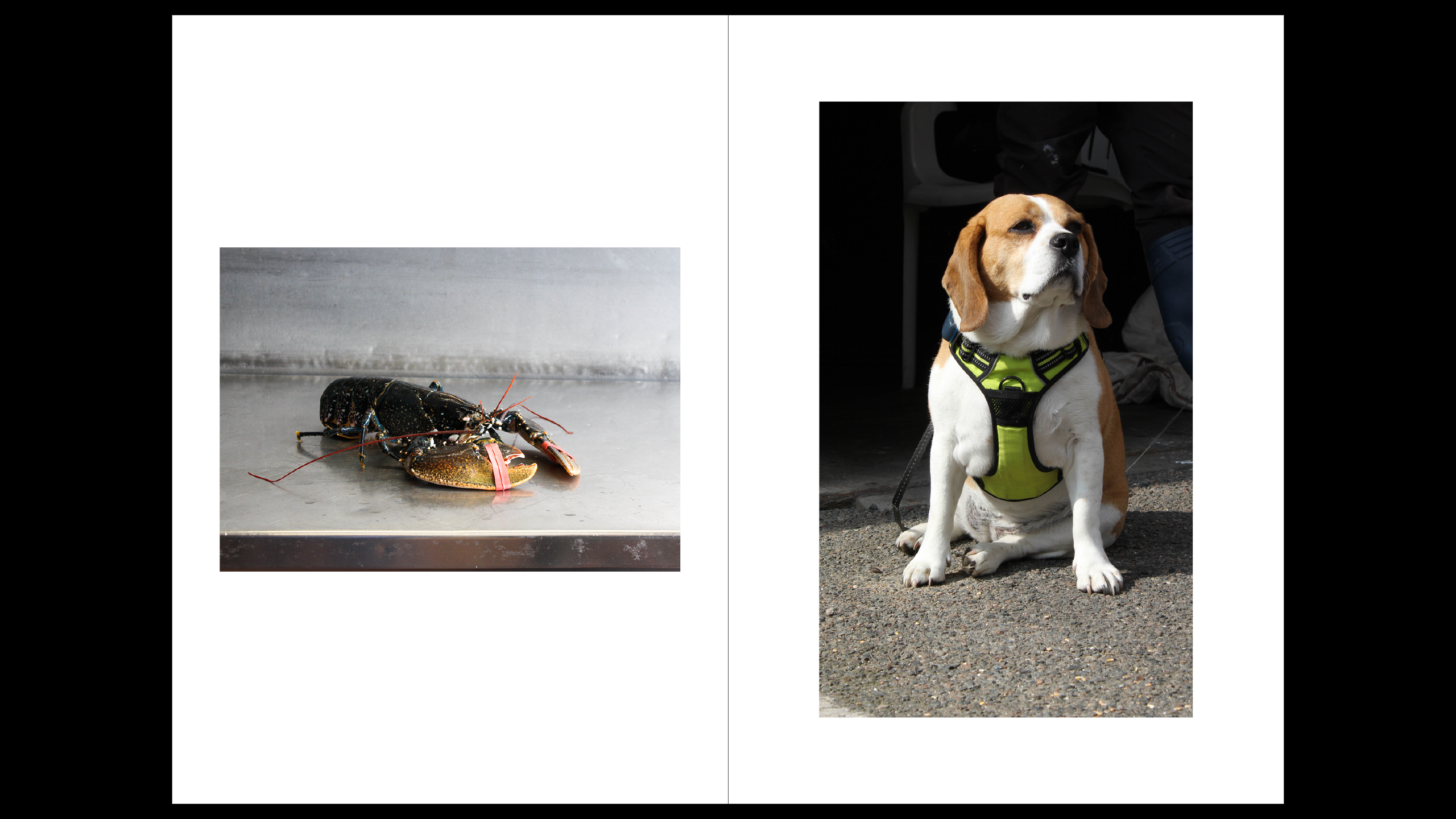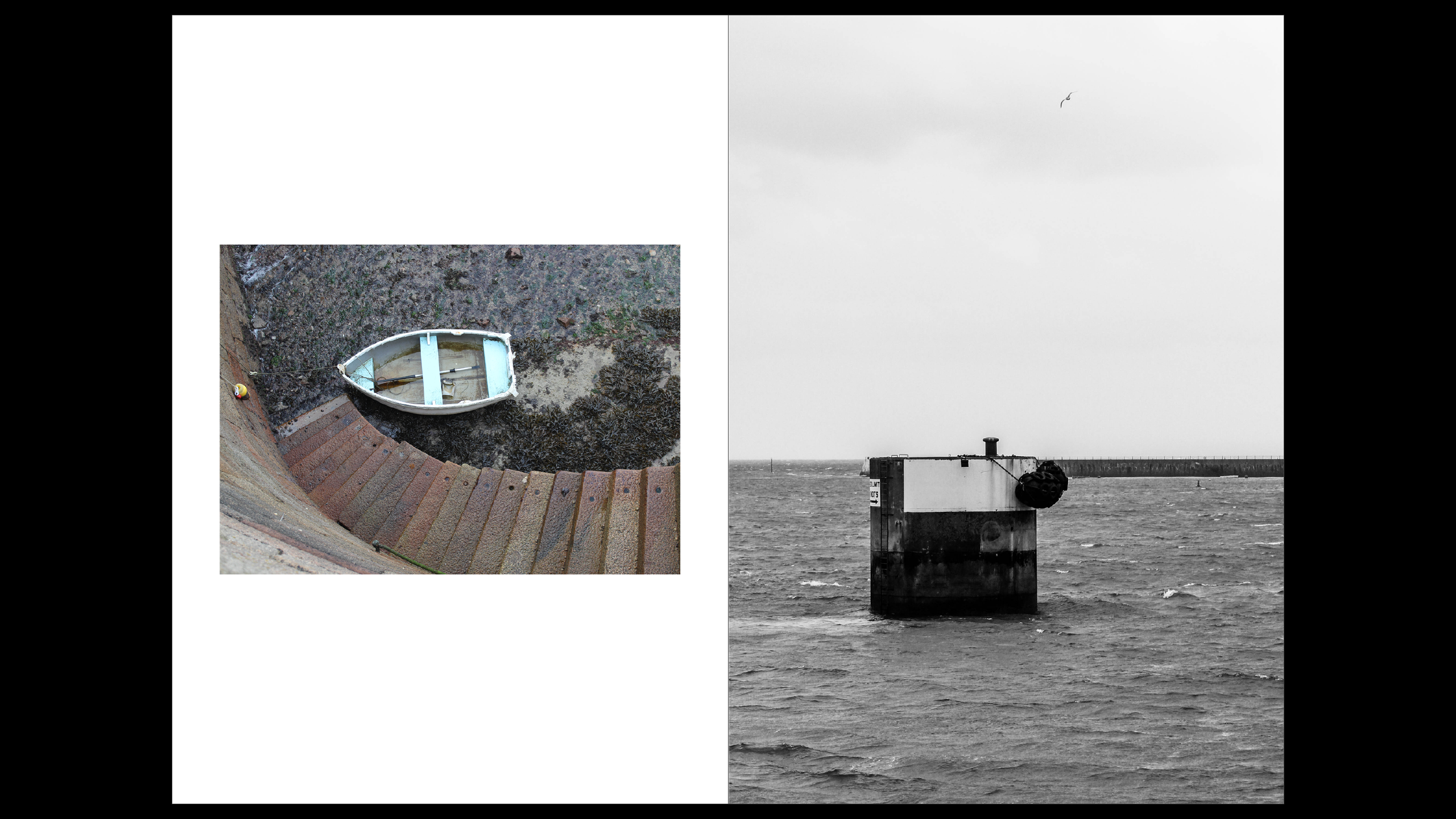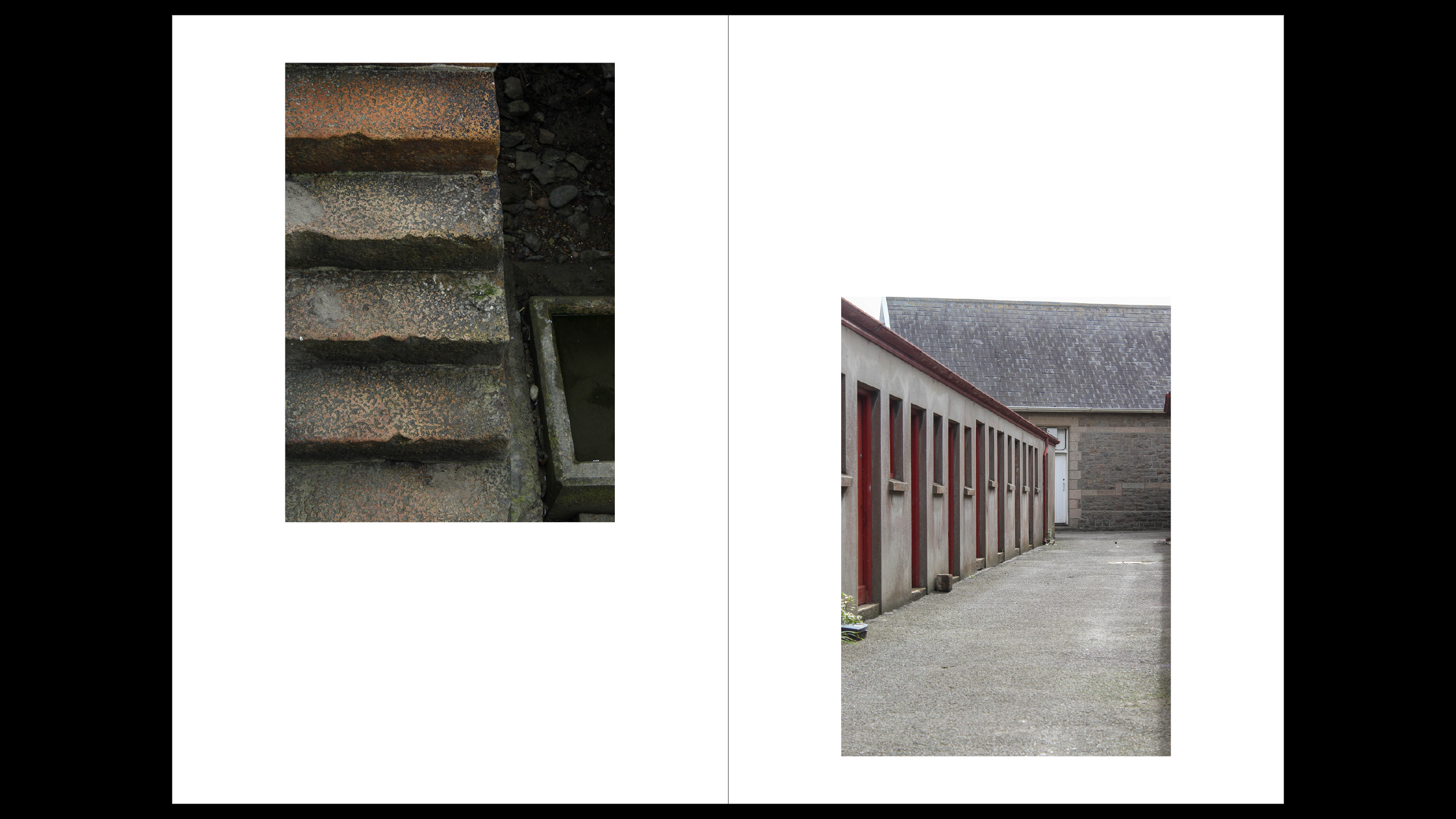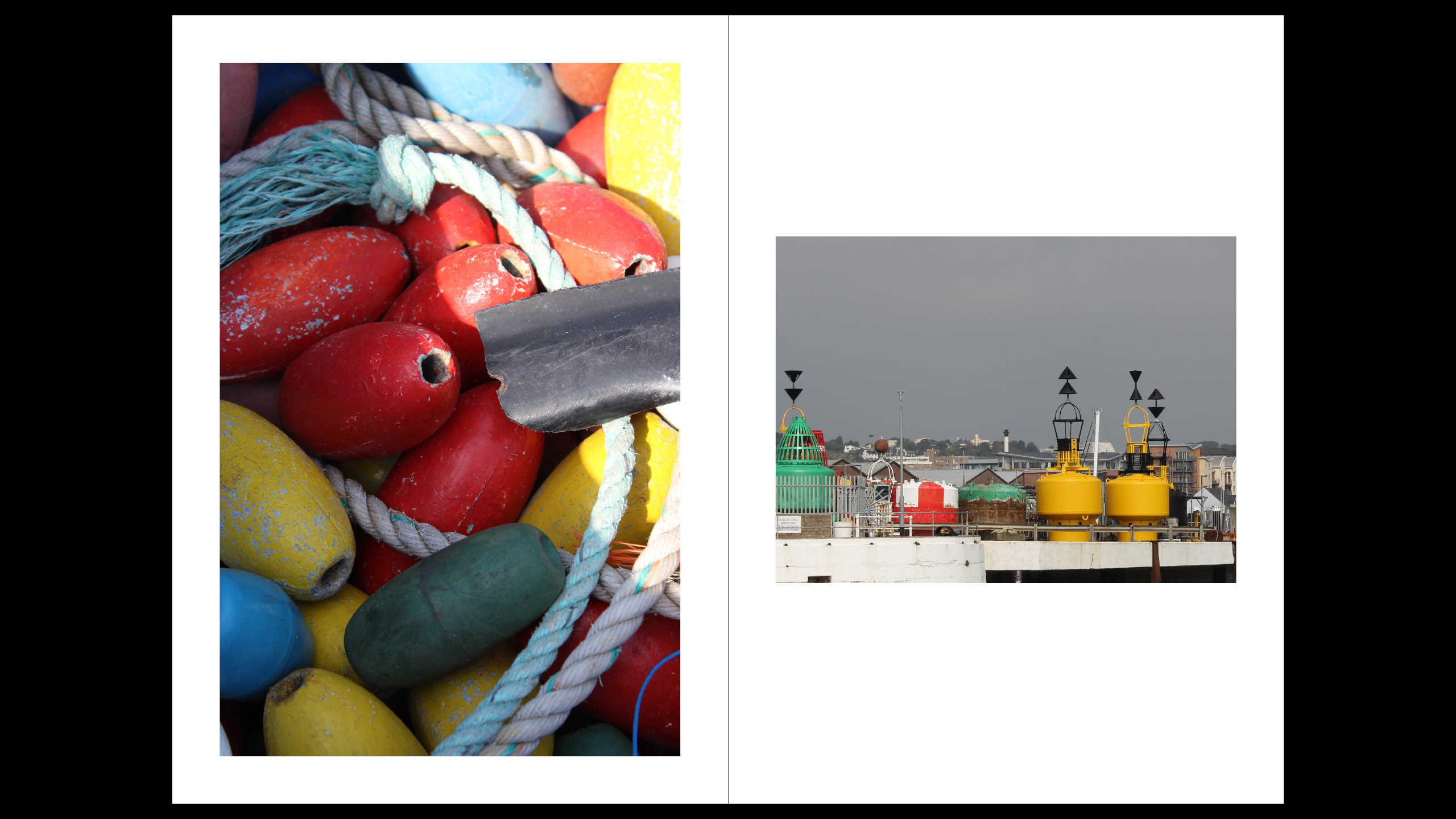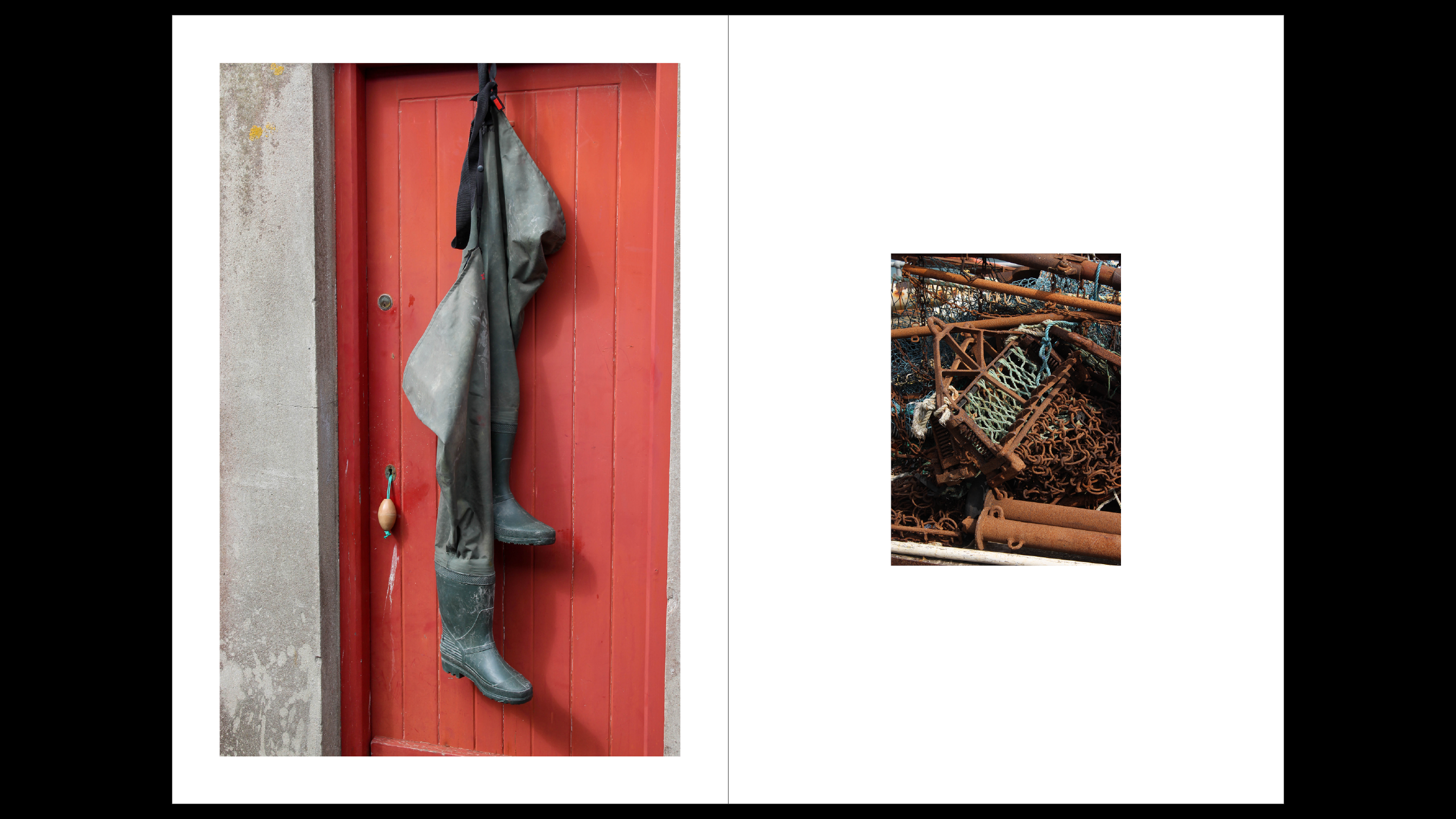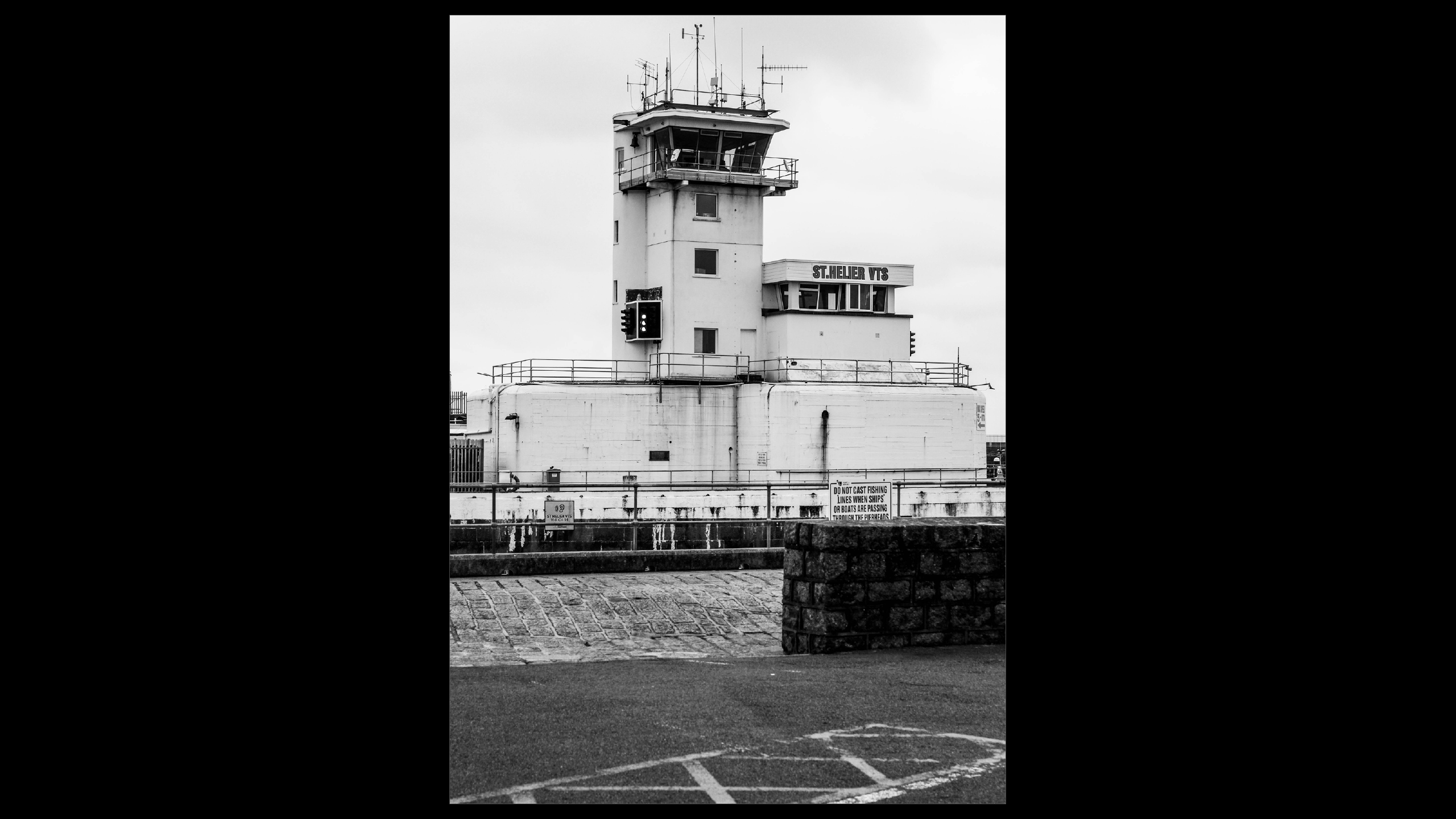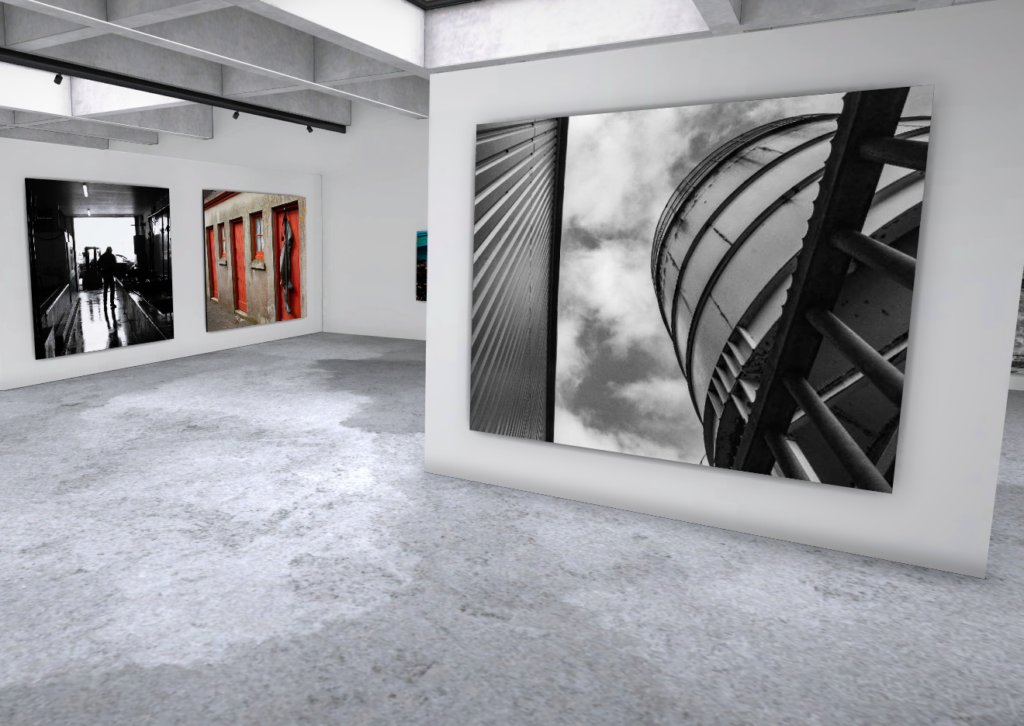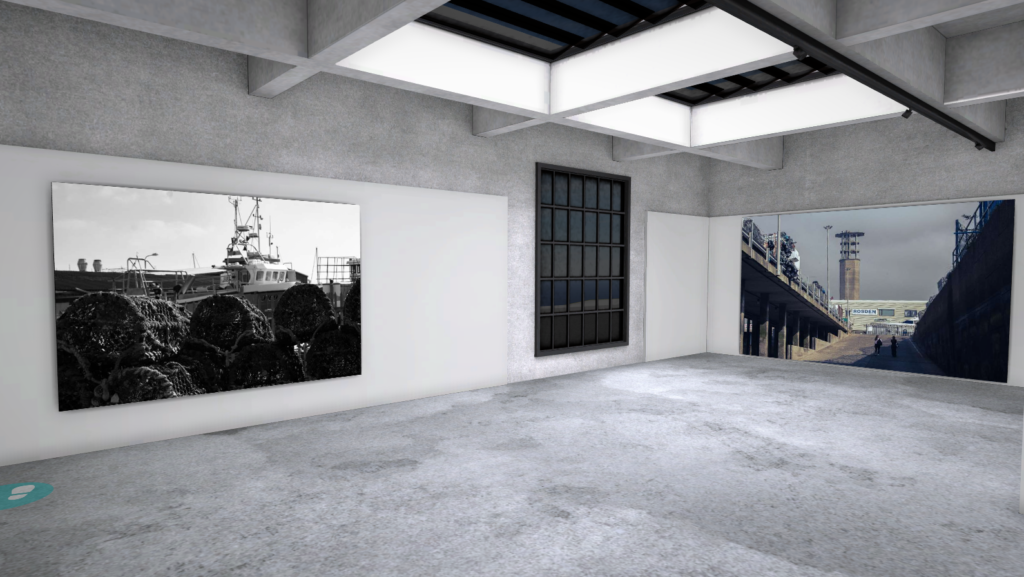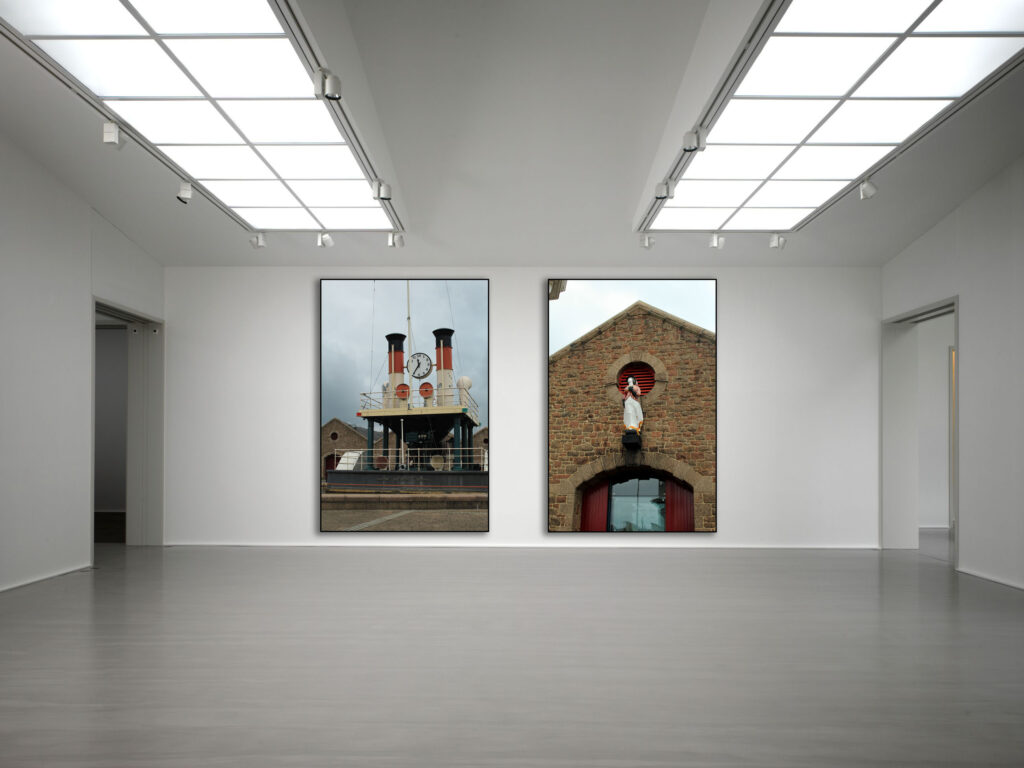What are the differences between photograph’s that are WINDOWS and MIRRORS.
The difference is windows can be seen as less personal to the photographer, almost as if the photographer is looking down at someone else’s life. A Window is described as an exterior world that is explored in all its presence and reality. Where as mirrors is a photograph of a something you can relate to, something that reflects who you are. In other words a mirror is a romantic expression of the photographer’s sensibility as it projects itself on the things and sights of this world. It’s almost like putting it as a window is something you look out of therefore its not something related to you, its what is outside the window that matters and a mirror is a reflection yourself, how you could portray yourself as in a photograph, what the photo reminds you of. “Mirrors” were images meant to mirror the photographer’s own sensibility. “Windows” were photos meant to act as a window for the viewer to see something that is primarily factual and external to the photographer’s own sensibility.
Words and quotes for mirrors and windows:
Binary opposite: Two theoretical opposites are strictly defined and set off against one another. Windows (exterior) and mirrors (interior) are completely different to each other. Windows are seen as being truthful and honest they show you the true colour of an image and help the viewer open there eyes to see a new perspective to the image. Whereas Mirrors are seen more as lies and staged.
“A window is a story that sheds light into the other’s experience whereas a mirror is a story that reflects your own experiences and helps you build your self, your own identity.”
John Szarkowshi
John Szarkowshi wrote this book as a way of understanding himself the difference between windows and mirrors throughout the years. He stated that windows were seen as an direct observation whereas mirrors were an introspective narrative. although Szarkowski does state that photographers can not be categorized as purely one or the other and that you can find aspects of both in the many photographers work, this helps me understand that each image can have a factor of both windows or mirrors if the image is analysed correctly. The thought that an image can be categorised only into one category makes it challenging to see which one as there are counterargument’s depending on each persons perspective. argues for the importance of looking carefully and bringing to bear every bit of intelligence and understanding possessed by the viewer states that students should read his book to help identify the importance of looking carefully and bringing to bear every bit of intelligence and understanding possessed by the viewer looking at an image, arguing that each photo has a deep meaning to it, some which is hidden and some that is very well seen by the viewer. Another thing by Szarkowsk stated was argues for the importance of looking carefully and bringing to bear every bit of intelligence and understanding possessed by the viewer.
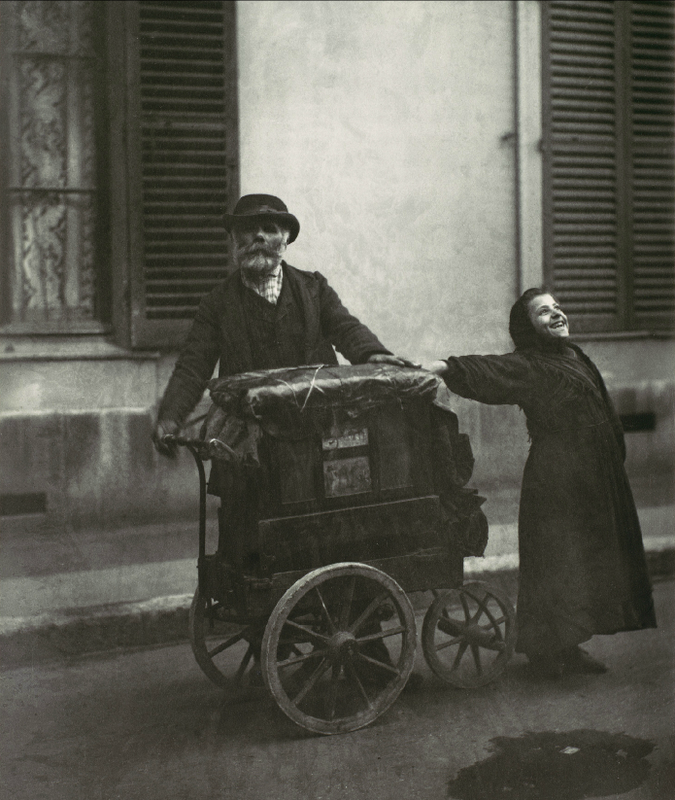
window: This image would be seen as a window due to the fact that its not personal to the photographer, its not really showing a specific identity or portraying a specific story it shows us the basics of the photo where an older man is standing still with a younger girl next to him, this image shows us the perspective of looking out a window down onto the exterior of peoples lives. This image clearly is showing someone’s else perspective and not the photographers experience, However some could argue that this image is a mirror as it could portray the life of the photographer’s family which makes the image quite personal and sincere. You could say that the man is looking in the direction of the camera almost as if he is looking at himself and his reflection. It could be a self portrait of the people and the camera is set up which makes the image direct to these people. The girl could be posing knowing the photo is being taken making it a staged image or it could be a hidden camera taking the photo and the girl is expressing her happiness without realising she is being photographed.
Mirror: This image is clearly a mirror as it could be seen as a reflection of this ladies mind, she is laying on the floor looking quite helpless, this could be a reflection of the ladies mind, she could be depressed or maybe missing something. Although her house might not be looking really messy, she is laying on the floor looking vulnerable and quite weak. The room is still quite lit up and looks quite cleaned up, which could reflect the idea that there is something making her still content to an extent. People could suggest that this image is a window almost as if the photo was taken through a window looking at someone’s else’s perspective.















